Alexander Reben - CiAo (code in, art out) SERIES
From our exclusive online exhibition ‘Game of Life – Emergence in Generative Art’ curated by Jason Bailey we are glad to introduce today one of the four artists featured: Alexander Reben.
Alexander Reben’s work probes the inherently human nature of the artificial. Using tools such as artificial philosophy, synthetic psychology, perceptual manipulation and technological magic, he brings to light our inseparable evolutionary entanglement to invention which has unarguably shaped our way of being. This is done to not only help understand who we are, but to consider who we will become in our continued codevelopment with our artificial creations.
For artists, cellular automata like Game of Life can inspire them to improvise on these systems or to model emergent systems of their own, rivaling nature in their complexity, beauty, and surprise.
As Reben shares: “Conway's Game of Life is more like half psychology and half math. We, as humans, are interpreting the actions of these pixels as having agency of some sort. We are picturing them as alive. Algorithms are only part of it. It is a human algorithm because it is our interpretation of what it is doing. I think that also plugs into viewing art. A lot of art is about how we interpret it in our own context. I bet a dog would interpret Conway's Game of Life differently than we do.”
For the show ‘Game of Life - Emergence in Generative Art’ Reben has prepared a specially programmed interactive gallery page to view his new CiAo (code in, art out) series.
“High-level computer code is a representational language of mathematical logic from which seemingly infinite complexity can arise. Stemming from the most basic logic of 1 and 0, on and off, true and false, code’s purpose is to abstract fundamental digital operations into a human-readable and understandable form by leveraging the conventions of language and mathematics. The complexity which arises out of simple rules weaved together creates beauty from this conceptual yet constrained instruction set, much as how nature makes grand structures from numerous discrete units within the bounds of physics.
CiAo (code in, art out) is a series of artworks which explore the magnificent complexity of code arising from simple rules, by not only exhibiting the resultant rendering, but also by including the usually concealed generative code itself as part of the aesthetic object. These works also explore questions surrounding digital artwork such as: ownership, modern copyright and authorship, sharing and decentralized networks, blockchain and cryptographic authenticness, the archival (or conversely, disposable) nature of digital and intangible works, editions within generations of outputs and artistic control of aesthetic output.”
Selected artworks in the gallery are available to collectors on KVG website as beautiful prints and now also as unique NFT on the blockchain on SuperRare.
Below we invite you to watch the Harvard lecture where the artist is accurately talking about the CiAo series.
Forbes recently featured an article about Alexander Reben’s new GPT-3 AI series which you can read here.
We will dive much deeper into Reben's fascinating work and share our full interview with the artist in the coming weeks.
Stay tuned!
ARS ELECTRONICA 2020 - Festival for ART, TECHNOLOGY and SOCIETY
2020 Ars Electronica Festival:
In Kepler’s Gardens
September 9 – 13, 2020, a global journey mapping the ‘new’ world
The starting point: Kepler’s Garden in Linz, Austria. The destinations: 120 locations around the globe. The duration of the journey: 9 to 13 September 2020.
Festival on the Web
Ars Electronica 2020 is taking place not despite but because of Corona. From September 9 to 13, the Festival for Art, Technology and Society simply wants to know what to do now? For the first time we’re asking this difficult question not only in Linz but at 120 locations on all continents. Everywhere we meet people who are fighting by peaceful means against the destruction of our environment and rebelling against the powerful, who bring up what is burning under the nails of millions, who demand that the increasingly rapid development of technology should be oriented on us humans and not the other way around. Everywhere we meet people who are working for a better future. We meet artists, scientists and activists and want to know how they imagine our future. Why not join us on this unique journey around the world and experience places you have already been to in a completely different way. Before we give you a taste of this venture and now serve you the best travel tips, here’s a general note that’s very important to us. It also explains why Ars Electronica is becoming a travel agent of a different kind this year.
Festival in Linz
If you do not live and work in Austria or in a country bordering Austria, please do not come to Linz in September. We are serious about that. Stay at home and stay healthy! Instead, go and be online from September 9th to 13th and take advantage of the many new opportunities to experience, comment, discuss and exchange ideas with others at presentations, lectures, performances and concerts at the 120 festival locations around the world! But if you’d like to come to Linz and visit the “Kepler’s Garden” on the campus of the Johannes Kepler University, which is being staged here for the first time, we’d be delighted to do so too, of course. In this case, however, please note that you must book your ticket in advance and online. In order to make your visit to the festival as safe as possible, we want to avoid any queuing and group formation on site, so this time there will be no ticket counters on the festival grounds. Furthermore, we ask you to keep minimum distances to other visitors and to wear a mouth-and-nose protection. That’s it, enough about Corona. Let’s go now! From Linz, Austria towards the east always towards the sun, one time around the whole world! Let’s go!
Mario Klingemann latest AI-based installation "Appropriate Response" will be exhibited at the 2020 festival in Linz this September: a scoreboard equipped with artificial intelligence, as we know it from airports and train stations of days gone by, and which offers all visitors a different, unique wise saying based on GPT-2 from OpenAI.
A new exhibition titled “Artificial Seascapes” by CADAF will be also presented at the 2020 Ars Electronica festival featuring Anne Spalter and Sofia Crespo, two female artists working with AI technology. Spalter and Crespo, who both exhibited at CADAF Online, explore current socio-economic issues including COVID19 and ecological uncertainty in their work. Stay tuned!
SuperRare Generative & AI art week | September 7-10,2020
The upcoming @SuperRare_co Generative & AI Art Week will feature articles, interviews, studio visits, panels and multimedia projects from over 20 generative & AI artists. Here's a summary of what will come out next week September 7-10,2020!
Kate Vass Galerie will be presenting:
Panel conversation "Generative Female Artists Talk About Gender Diversity, Pricing, Valuation and more in the Digital Art Market" moderated by Kate Vass with Sofia Crespo, Anna Ridler, Helena Sarin and Anne Spalter.
Exclusive Interviews with Dark Fractures, Sofia Crespo and Espen Kluge
Exclusive artist studio visits with David Young and Sofia Crespo & much more!
PANEL DISCUSSION ON SUPERRARE - Generative Female Artists Talk About Gender Diversity, Pricing, Valuation and more in the Digital Art Market
We invite you to join the panel conversation ‘Generative Female Artists Talk About Gender Diversity, Pricing, Valuation and more in the Digital Art Market’ moderated by Kate Vass with Sofia Crespo, Anna Ridler, Helena Sarin and Anne Spalter next week on SuperRare as part of the SR Generative & AI art week from 7-10 September, 2020.
During this panel conversation our speakers will discuss various questions:
Why is work by Female Artists still valued less than work by Male Artists?
Valuation of artworks in crypto space / artworld generally under the dominance of the male art
Approach / vision of the 4 artists concerning the blockchain /crypto space
Blockchain as a tool to legitimize the digital artwork
We will also discuss how it feels being a female artist in 2020 working at the intersection of art and technology - two worlds typically run by men- and much more!
Stay tuned and don’t miss it!
The Speakers
Sofia Crespo
Sofia Crespo is an artist working with a huge interest in biology-inspired technologies. One of her main focuses is the way organic life uses artificial mechanisms to simulate itself and evolve, this implying the idea that technologies are a biased product of the organic life that created them and not a completely separated object. On the side, she is also hugely concerned with the dynamic change in the role of the artists working with machine learning techniques.
Anna Ridler
Anna Ridler (b. 1985) is an artist and researcher who works with information and data. Born in London, Ridler spent her childhood raised between Atlanta, Georgia and the United Kingdom. A core element of her work lies in the creation of handmade datasets through a laborious process of selecting and classifying images and text. By creating her own datasets, Ridler is able to uncover and expose underlying themes and concepts while also inverting the usual process of constructing large databases. Her interests are in drawing, machine learning, data collection, storytelling, and technology.
Anna Ridler, Mosaic Virus (2018)
This work was also featured as part of our KVG Automat und Mensch exhibition
Helena Sarin
Visual artist and software engineer, Helena Sarin has always been working with cutting edge technologies, first at Bell Labs, designing commercial communication systems, and for the last few years as an independent consultant, developing computer vision software using deep learning. While she has always worked in tech, Helena has been doing commission work in watercolor and pastel as well as in the applied arts like fashion, food and drink styling and photography. But art and software ran as parallel tracks in her life, all her art being analog... until she discovered GANs (Generative Adversarial Networks). Since then generative models became her primary medium.
Anne Spalter
Digital mixed-media artist Anne Spalter is an academic pioneer who founded the original digital fine arts programs at Brown University and The Rhode Island School of Design in the 1990s. With a decades-long goal of integrating art and technology, Spalter has authored over a dozen academic papers and the seminal, internationally taught textbook, The Computer in the Visual Arts (Addison-Wesley, 1999). Alongside her studio practice, Spalter continues to lecture on digital art practice and theory. She is on the Digital Art Acquisitions Committee of the Whitney Museum of American Art.
JARED S. TARBELL IN CONVERSATION WITH JASON BAILEY - EXCLUSIVE INTERVIEW
We are glad to release this exclusive interview with generative artist Jared S Tarbell in the context of our current exhibition ‘Game of Life - Emergence in Generative Art’ curated by Jason Bailey. As promised to our audience, this is the first one from a series of interviews which will be published during the upcoming weeks as part of the program set for this exhibition.
The show explores the concept that very simple systems or sets of rules can explain much of the complex behaviour we see in the world around us. This idea of ‘complexity evolving from simplicity’ is core to Jared’s work.
At its best, art is transcendent and sublime. However, few artists can regularly create works that evoke feelings of awe and wonder on that level in its viewers. Even fewer artists have managed to do this by writing code on a computer, a tool which many consider to be at odds with natural beauty, and sometimes even nature itself.
Among generative artists, Jared S Tarbell is singular in his ability to continuously create works that rival nature in both their complexity and grace. He has been doing so for decades. Tarbell’s work is beyond timeless. The images he created in the early 2000s still feel like they are light years ahead of where we are with generative art today.
We invite you enjoy the interview on Artnome here, the full version will be published in full in our Special edition digital magazine “Collecting generative art”, edition X, available for pre-orders in our store.
Kjetil Golid
Introducing one of the artist from our current online exhibition ‘Game of Life – Emergence in Generative Art’: Kjetil Golid.
Kjetil is a generative artist from Norway who has been developing a series of artworks inspired by one-dimensional cellular automata and noise fields.
His process results in bold works with basket weave-like patterns that resemble graphic pixelated flags or banners. These works recall computing origins in the Jacquard loom, a device that employed punch cards to simplify the intricate weaving process of 18th-century textiles.
Golid explains his process: ‘It's based on this traditional variant where pixels can be alive or dead on a 2D grid. I thought, ‘What if you don't change the rules, but instead, you change the visualization?’ Instead of using black and white pixels, I use lines that can go in different directions. While a 'standard' one-dimensional cellular automata gets a pixel value from its three northern neighbors, this one is a hexagonal grid with lines in three directions. The existence of a specific line is dependent on the existence of its three 'preceding' lines. The lines split up the whole area into separate spaces, and I proceed to fill these spaces with colors. The colors are selected using a one-dimensional cellular automata, with the color of each space being based on the left and upper neighboring spaces. It turned out quite nice. It seems so random, but it is actually based on strict rules. The only seed for this randomness is the number you give it. So whenever you give it the number 120, you get exactly the same output. But it seems so random because it turns so complex so fast. The noise part comes from another piece I made, more of a tool really, that can distort any image. ‘
It’s interesting how generative artists developed their skills in both traditional art and programming. Golid started school as a design student before switching direction and earning a Bachelor of Cognitive Science degree. He continued his education, earning a Master of Computer Science degree. He developed a fascination for structures and systems, like Turing machines, regular language, and deduction systems, which were the focus of his thesis. He found himself using programming to help himself understand and visualize these systems. However, it was actually at design school where he first started learning to program using the Processing programming language.
Kjetil Golid works are available as unique NFTs on the blockchain and as prints online at KVG store.
Exclusive interview with ‘Dark Fractures’ (update Nov.2020: rebranded "Entangled Others Studio"), a Berlin-based studio ‘meditating on ecology and generative arts’ founded by Feileacan McCormick.
Kate Vass Galerie is glad of having the chance to learn more who and what stands behind ‘Dark Fractures’ (update: from Nov.2020 "Dark Fractures Studio" has become "Entangled Others Studio") , a Berlin-based studio ‘meditating on ecology and generative arts’. In our short interview today with the founder and creative mind - Feileacan McCormick.
Entangled others studio is the natural growth, and unfolding, of dark fractures studio. It is about moving further into an entanglement with the more-than-human world of us & others. A world where diversity and inter-connectedness are nurtured and engaged.
KVG: Many collectors are curious to learn more about the name, why ‘Dark Fractures’? Where is it coming from?
DF: 'Dark Fractures' refers to the uncanny, eerie spaces between us and the non-human world. So much of our modern worldview enacts a distance, and hierarchical difference, between us and what we call Nature. If we start to examine the cracks in our worldview (of which there are many, and us-them model does lend itself to oversimplification), especially when we try to approach the non-human as equals, we find that these as are in fact spaces of potential that can lead to new ways of experiencing interactions, values, and meaning with the non-human: the dark and the fractured is, to me, a rich substrate of the earth for new growths to emerge from.
It's also a personal reminder to stay outside my comfort zone and try to persist in creating interactions and new perceptions of Nature that can be enriching & positive to others.
SuperRare @entangledothers
KVG: You are originally from Norway and your career started as an architect, how and when you started to move towards generative arts? What has influenced you in making this shift?
{Specimen no. 1 Amylococcus} @sofiacrespo
DF: In retrospect leaving architecture was inevitable, it's still quite a conservative field with a still quite limited capacity for developing ecology-focused interactions and spatial experiments, there was a need to find/create a space where alternative explorations could be nurtured. Frankly, it was ultimately quite depressing to be a senseless participant, so I decided to try and create a space that resonated with my values and interests, hence the arts. That said, Dark Fractures as an artistic practice is still very much a work in progress, but I'm happy to be fully committed to the endeavor of developing a more sustainable, responsive practice that includes a multitude, not only myself.
The move towards generative arts started in reality only about a year ago, before then I'd worked primarily digitally (3D and it’s ilk), but only after beginning to collaborate with Sofia Crespo did I start to see (and explore) the relevance of generative arts.
Something that personally has gripped me deeply, is that the medium lends itself to performing what I like to think of as "meditations". For example, to create a GAN is to focus on a single point. A dataset of a subject is first carefully curated. Then the model trains, often at great length, and finally the resulting extraction leads to an "essential" regeneration of that initial subject in ways that create new experiences of something often familiar & mundane. A key aspect of this is the inherent bias that is reflected back at the viewer: there is nothing objective about the results: often they reveal the subconscious biases we projected as part of the initial curation process, becoming a way to see another through oneself.
KVG: Dark Fractures is focusing on ‘giving non-human new forms of presence & life in digital space’. Can you explain this fascinating concept further?
{Specimen no. 2 Amylococcus}
DF: As mentioned earlier, the way we have constructed our worldview over time has lead to a hopelessly divisive and hierarchical distance from our context where we are somehow disconnected (and often superior) from the non-human, or Nature. Exploring this through the optics of digital space is a way of enacting a multitude of iterative experiments in bending, breaking, and twisting our initial perceptions in a way that is easily shared, forked, and changed.
We have on the internet re-enacted the forest with its mycelial networks bringing a wide array of individuals together into a larger interconnectedness, why shouldn't we strive to bridge the digital and the natural world when such symmetry exists?
It's also a question of inclusivity, I don't think we can grow a more sustainable world without becoming more inclusive and tolerant to others, issues of gender, race, and sexuality aren't somehow separate from ecology. If we can't experience each other as equals, what hope does a tree have of being an equal, living presence? Conversely, if we can explore ways of experiencing non-humans as equals, maybe that can teach us to experience each-other a little more appreciatively too.
KVG: Where do you get your daily inspiration from? And what makes Dark Fractures so unique and innovative?
DF: Nature: being in it, reflecting upon it, learning about it is naturally a key source of inspiration. Additionally, fiction, especially sci-fi and fantasy is a daily driver. I keep returning to storytelling as something essential we cannot separate ourselves from: our life & world are constructed from the stories we tell ourselves about what it is to be us. Also, tinkering often leads to interesting new things. I love tinkering.
{Specimen no. 5, Coelopidium leucopterus}
KVG: You have been developing several projects, is there a common thread in your research?
DF: A common thread is that each project acts as a single meditation in what is now becoming a series of meditations on the non-human (Nature).
KVG: Talking about unique projects, recently you have been working on ‘artificial remnants’ together with artist Sofia Crespo as part of an ongoing exploration in Artificial Life. We would love to hear more about this and about your collaboration.
DF: Artificial Remnants is the intention to celebrate the natural diversity of life, not through the slavish reproduction of it, but through a kind of 'weird reflection' where the natural world is explored by attempting to create artificial lifeforms that a generated using datasets extracted from the natural world.
As a collaboration, this project has been a deep dive into gaining an even greater appreciation of the sheer richness and diversity of the natural world. For instance, the insects our 2.1 iterations, whilst wild and diverse in their forms, still pale compared to their natural counterparts. It has been a humbling process, in the best of ways.
{Specimen no. 3, Acanthopus natalis}
On a personal level, it's also been enriching and inspiring to work with such a talented artist who has such a unique and rich way of seeing and engaging with the world.
KVG: Let’s be technical, how do you create the specimens?
The specimens are generated with a GAN trained on 3D models of insects, then textured with a CNN and finally, GPT-2 is used to generate the (anatomical) descriptions.
KVG: Selected artworks are showcased on SuperRare. What do you think about blockchain technology and art? And why you specifically selected SR, given that are other similar blockchain platforms for art?
DF: Honestly, I'm still trying to orient myself in regards to blockchain tech and art, that said I'm fascinated by there now being ways of exploring exclusivity in the digital realm. I hope that it can both legitimize digital forms of expression even further as well as lead to greater accessibility and diversity. SR was a natural choice to explore crypto art as it has been conducting a slow, but steady approach to functionality and features, I'm always leery of platforms that try to include everything and the kitchen sink from day one, here SR has been a positive experience. That said, I think that it’s important to actively work on inclusivity & equality in crypto art: it’s a nascent platform that shouldn’t lean on the excuses of how things often have been so far, this is a good time to be bold.
DAWN FEEDERS, Unique NFT minted on SuperRare accompanied with fine art print, by Entangled Others Studio
KVG: Thank you very much for your contribution and if there is anything you would like to share with the public, please feel free to do it!
DF: I'd like to encourage people to explore their relationship to Nature and to practice inclusivity, especially with our current climate in mind. Furthermore, I'd like to take the opportunity to share the result of another little collaboration with Sofia Crespo, a small, meditative experience on jellyfish. Thanks for reading!
Please feel free to browse all works by Entangled Others and Sofia Crespo available on SuperRare.
New Show: The Game of Life - Emergence in Generative Art
At Kate Vass Galerie, we realized that 2020 has been a challenging year for most people. But at times like these, we feel that art is more important than ever to bring people back together (even if only online). So when our curator Jason Bailey saw that the brilliant mathematician John Horton Conway had passed away from COVID-19, Jason wanted to make a tribute exhibition. We decided to support him in the tribute and to help bring art back into people's lives.
Among Conway’s many gifts to the world was his famous “Game of Life” popularized in a 1970 article in Scientific American. The game combines simple rules to create very complex patterns, ones that resemble patterns found in nature. In many ways, we believe these patterns and algorithms -- like art -- are what binds all of us together. In fact, these algorithmic patterns are themselves artworks when programmed and improvised upon by talented generative artists.
This online exhibition explores how complex visual systems can emerge from relatively simple algorithms to create art than can reframe the way we see the world. For the show, we have included four generative artists: Jared S Tarbell, Alexander Reben, Kjetil Golid, and Manolo Gamboa Naon.
eosinophilic_oblong, Alexander Reben
In thinking about how to show these works, we intentionally avoided simulating a viewing room or 3D environment that were meant to look like a gallery. Each of the works in this exhibition was born digitally on a screen, and it was our goal to show them in as close to the original format and environment as possible. Our efforts for the exhibition were primarily focused on the essay and highlighting the works and voices of the artists through a series of interviews that will be released over the next several months.
While we will miss seeing your smiling faces in real life (as there is no physical opening for this show), we are glad that having the show be presented online will open it up to a much larger global audience. We are planning to have Jason Bailey available for a Q&A to answer questions via video conference to bring back some of that human interaction that happens at live gallery openings.
Some of the artists in this show are committed to making their code available for free so that others can learn from them. While we support open-sourcing code, we also acknowledge that this can be confusing to traditional art collectors who question why they would buy digital art when others can see the image (or use the code) for free. One analogy that collectors may find helpful is to think of collectors who share paintings and sculptures from their collection in public museums. When more people can see the work, it increases its popularity, cultural significance, and the value of the work as opposed to diminishing it. By collecting the work of these artists and supporting them as a patron, you become a steward of the work and assure that the artists will continue to produce more work for you and the rest of the world to enjoy.
You can enjoy the new online show ‘Game of Life - Emergence in Generative Art’ from July 14th here on Kate Vass Galerie and read the full essay on Artnome.
Georg Nees: Computer Art and Graphics
Georg Nees (1926 - 2016) is considered one of the founders of computer art and graphics. He was also one of the first people to exhibit his computer graphics, at the studio gallery of the Technische Hochschule in Stuttgart in February 1965.
Nees studied mathematics and physics at the universities of Erlangen-Nuremberg and Stuttgart. He subsequently worked for Siemens as a software engineer, and was instrumental in their purchasing a 'Zuse Graphomat', a drawing machine operated by computer-generated punched tape. The machine was capable of creating geometric patterns and, although the programming language that Nees used (ALGOL) was designed specifically for scientific computers, Nees used it to create aesthetic images such as this one.
In 1969 he received his doctorate on the subject of Generative Computer Graphics under Max Bense, the German philosopher and writer.
Along with a number of other practitioners working at this time, Nees was interested in the relationship between order and disorder in picture composition. Here he introduced random variables into the computer program, causing the orderly squares to descend into chaos. (source: Victoria & Albert Museum, London)
Last year we had the great pleasure to exhibit one of Georg Nees works in our ‘Automat und Mensch - A History of AI and Generative Art’ exhibition.
‘Automat und Mensch’ Vernissage at Kate Vass Galerie, 2019. From left side: Robbie Barrat, Herbert W. Franke, Mario Klingemann, Kate Vass, Jason Bailey, Georg Bak.
© Copyright Kate Vass Galerie. All rights reserved.
Robbie Barrat and Herbert W. Franke at the ‘Automat und Mensch’ Vernissage at Kate Vass Galerie, 2019.
© Copyright Kate Vass Galerie. All rights reserved.
MANOLO: A CREATIVE CODER FROM ARGENTINA
Kate Vass Galerie is excited to introduce Manolo Gamboa Naon and his new artworks !
“Manolo's work feels like it is the result of the entire contents of twentieth-century art and design being put into a blender. Once chopped down into its most essential geometry, Manolo then lovingly pieces it back together with algorithms and code to produce art that is simultaneously futuristic and nostalgic. His work serves as a welcome (and needed) bridge into digital art and an antidote for those who see the genre as cold, mechanical, and discontinuous with the history of art.” - Jason Bailey ‘Contemporary Generative Art Prodigy’ interview with the artist.
Manolo Gamboa Naon is an Argentinean visual artist and creative coder whose interest focuses mainly on exploring generative visual aesthetics based on plastic experimentation with code.
His works explore the potential of programming as an expressive language in the framework of generativity and process art. Combining images and video, he explores the possible relationships between chaos and order, organic and artificial, randomness and control.
Manolo approaches the digital surface as a plastic space using the code as artistic materiality, based on the experimentation with basic geometric shapes, lines and colours.
Described as a ‘contemporary generative art prodigy’ by Jason Bailey in the interview which you can find here, Manolo loves to learn and experiment with different languages like Processing, Openframeworks, Unity, vvvv, Puredata and Javascript.
He is obsessed with generativity, he likes programming images in which he works with geometric patterns, textures and overloading.
Inspired by artists like Raven Kwok, Ben Fry and Casey Reas, he believes that ‘code transcends language, and to me, that is beautiful.’
Color is also what stands out the most from Manolo’s work and that’s because ‘sometimes I spend more time forming a color palette than programming. My inspiration comes from looking around all the time. I look at a lot of things from design. Instagram, Twitter, all the time searching for references. A movie, an old newspaper. Inspiration comes from many places. In my work, I intend to evoke something - from a time or of a certain quality.’
Kate Vass Galerie is glad to present some Manolo’s artworks at CADAF Online 2020 at the end of June and other selected ones as part of our new upcoming online show in July!
The works are available as unique NFTs on the blockchain and as beautiful unique prints.
HELENA SARIN: NEURAL BRICOLAGE
Visual artist and software engineer, Helena Sarin has always been working with cutting edge technologies, first at Bell Labs, designing commercial communication systems, and for the last few years as an independent consultant, developing computer vision software using deep learning. While she has always worked in tech, Helena has been doing commission work in watercolor and pastel as well as in the applied arts like fashion, food and drink styling and photography.
But art and software ran as parallel tracks in her life, all her art being analog... until she discovered GANs (Generative Adversarial Networks). Since then generative models became her primary medium.
Much of Sarin’s work is modelled on food, flowers, vases, bottles and other ‘bricolage’ as she calls it.
Her artwork was exhibited at AI Art exhibitions in Dubai, Oxford, Shanghai,Miami, and in our Automat und Mensch show in Zürich last year; she was featured in number of publications including the Jan 2020 issue of “Art In America” magazine and in the BBC guide on How Artificial Intelligence is Changing the World where i is for… imagination.
Helena is using this time of lockdown as an opportunity to work on a few artists books, each featuring her AI artwork.
Kate Vass Galerie is glad to have the opportunity of working with the artist and we recently acquired for our private collection several of her new works tokenized NFTs on SuperRare accompanied by the unique prints. See below:




We highly recommend the brilliant Artnome article from 2018 where Jason Bailey digs more into Helena Sarin’s #neuralBricolage: An Independent Artist’s Guide to AI Artwork That Doesn’t Require a Fortune.
Kate Vass Galerie is glad to announce that we will present selected works by Helena Sarin at CADAF Online at the end of June!
During this time we will be exhibiting and selling both tokens accompanied by the unique prints.
The work that you see on the right side is called: #adversarialEtching, after Modigliani
This work started as an analog drawing transcribing a Modigliani painting; it was chained via several cycleGAN models, and blended with a random output of the artist GAN Weaver model. Unique NFT on the blockchain available in the link https://superrare.co/artwork-v2/adversarialetching,-after-modigliani-10714 .
Click on the picture to follow the link to see the unique print.
More works, please see below and visit the artist page: Helena Sarin .
ESPEN KLUGE: "giving normal people abnormal experiences"
After the successful solo exhibition “Alternatives” of Norwegian digital artist Espen Kluge at Kate Vass Galerie in October 2019, we are happy to announce that selected Espen Kluge cryptoworks are now featured in a brand new exhibition in Virtual Reality: "giving normal people abnormal experiences", which you can experience on decentralized land of SomniumSpace parcel 1047 at M○C△- Museum of Crypto Art. 10 digital works (NFTs on blockchain) have been acquired from Opensea by the Museum for their collection and the new experience space has been developed just for Espen Kluge art.
The idea of pushing the boundaries of human imagination of how you can exhibit, look at, and experience art came to the reality with technological progress and platforms like Somnium Space, which enables us to curate all of the aspects: architecture, the composition of works, colors as well as audio effects.
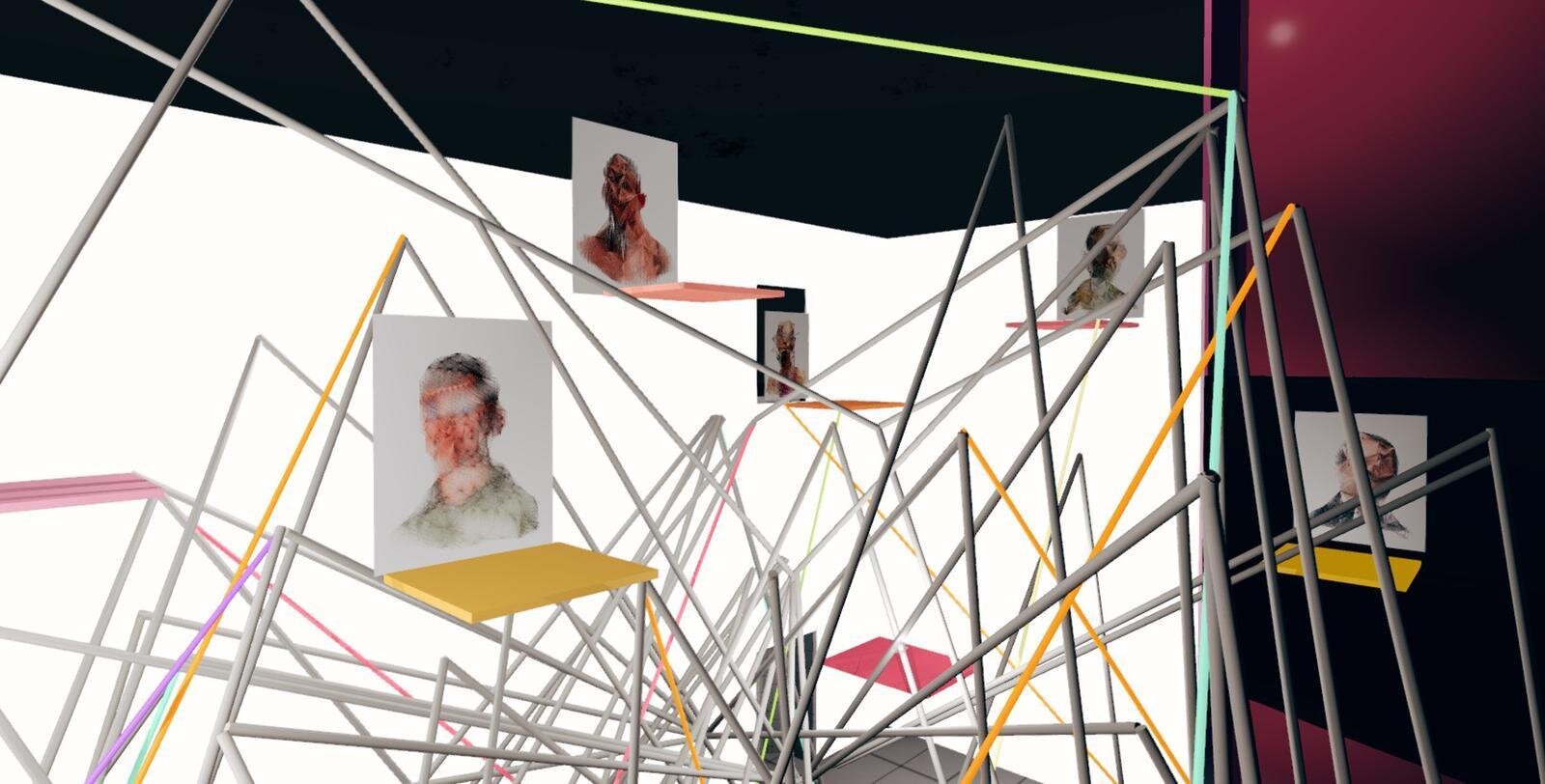
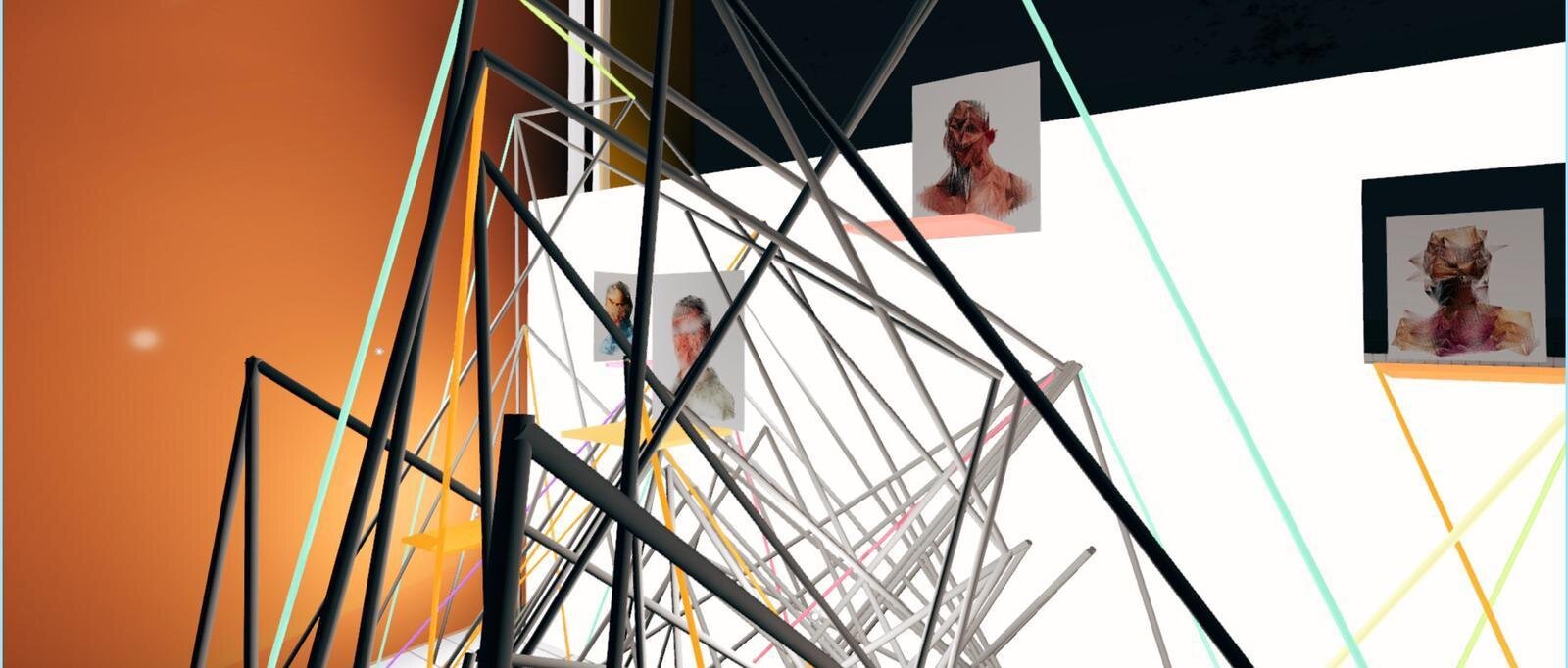
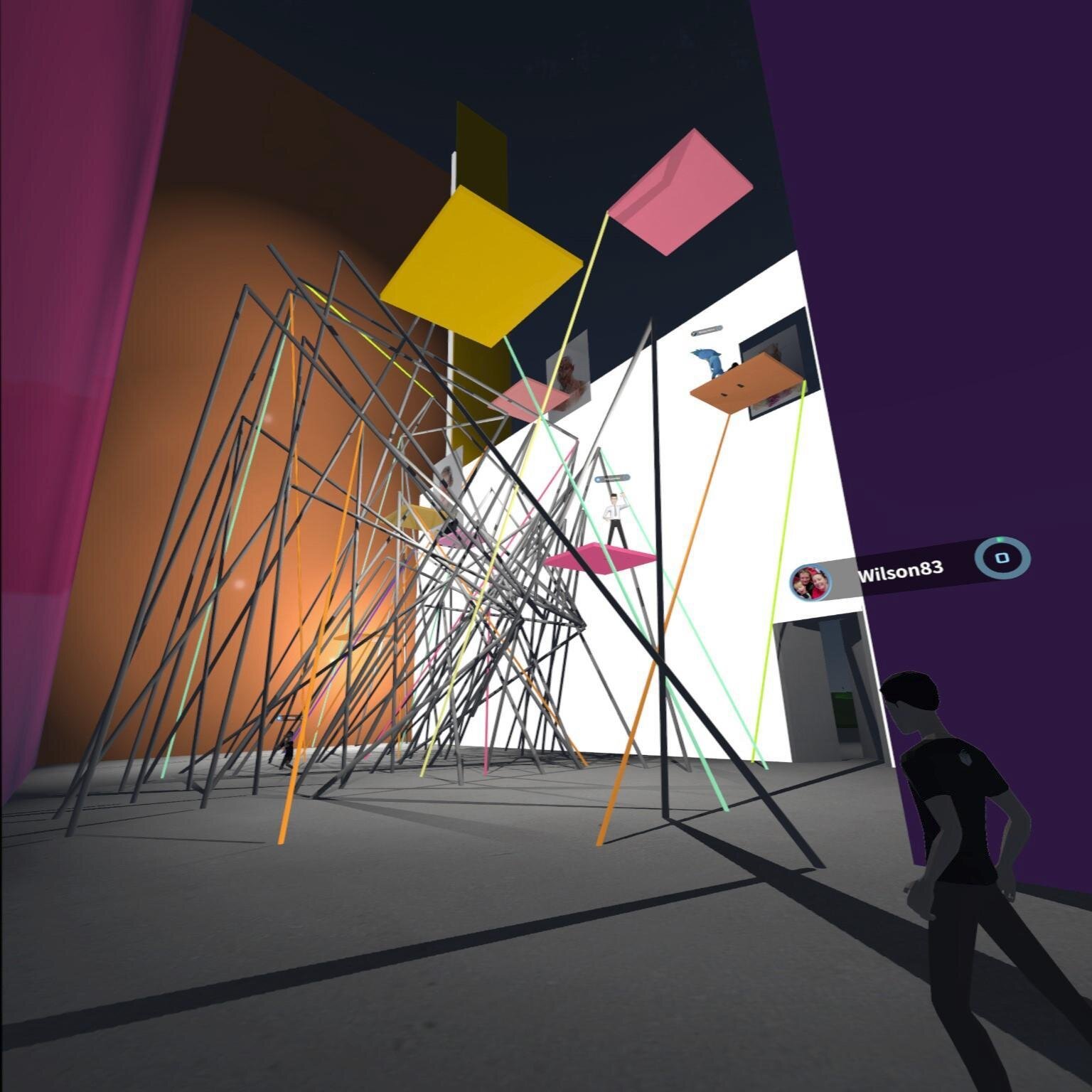
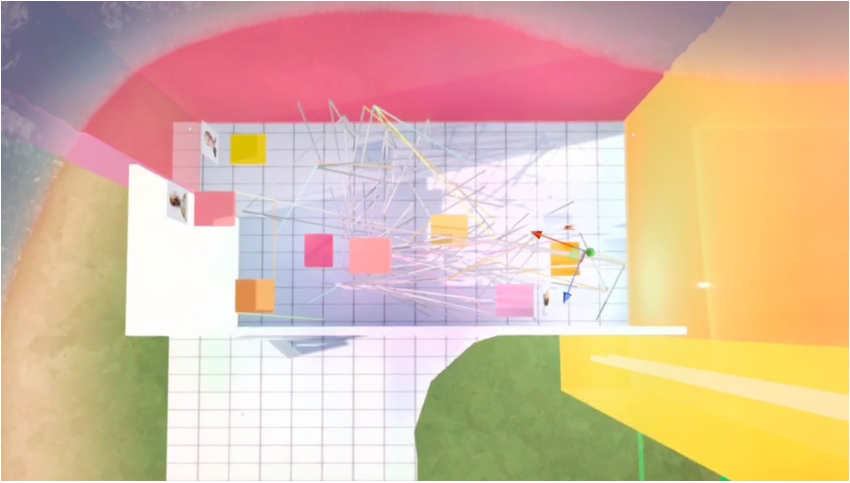
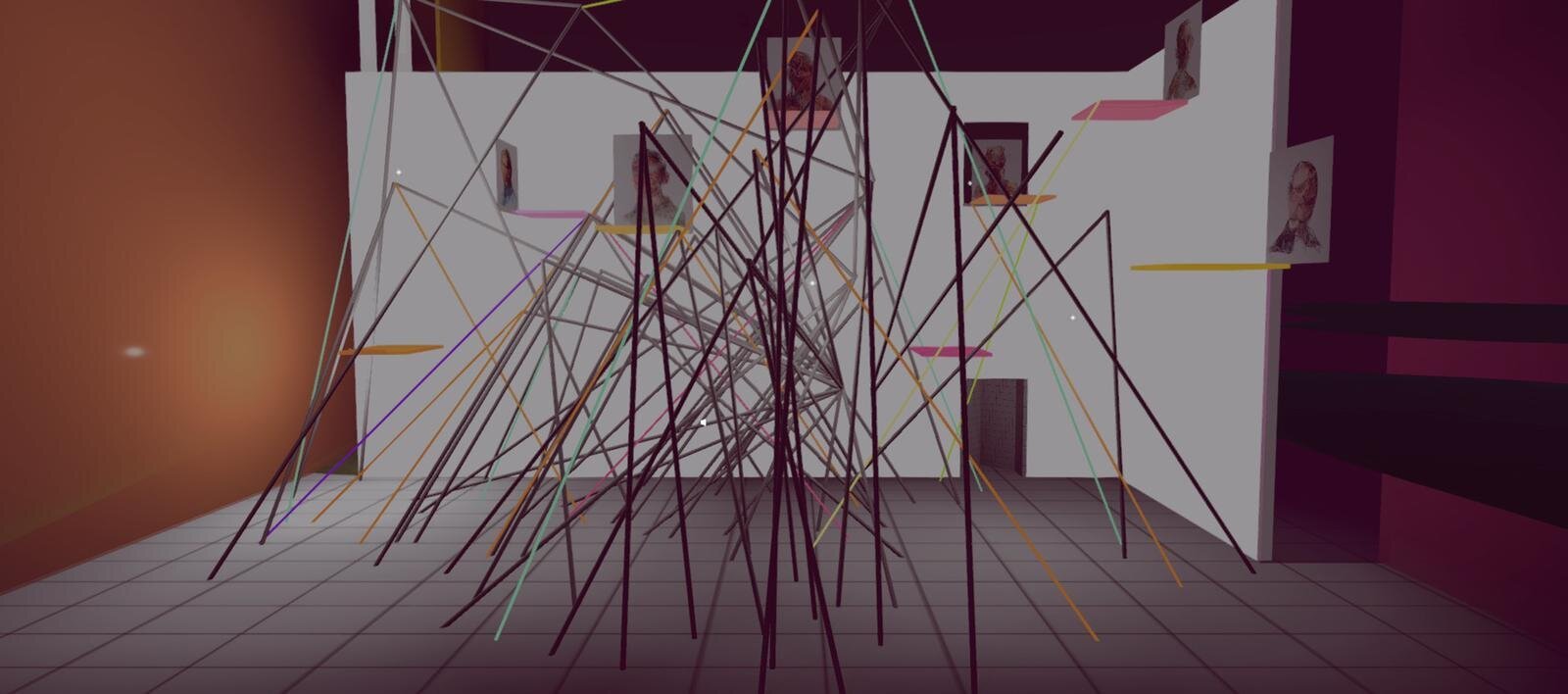
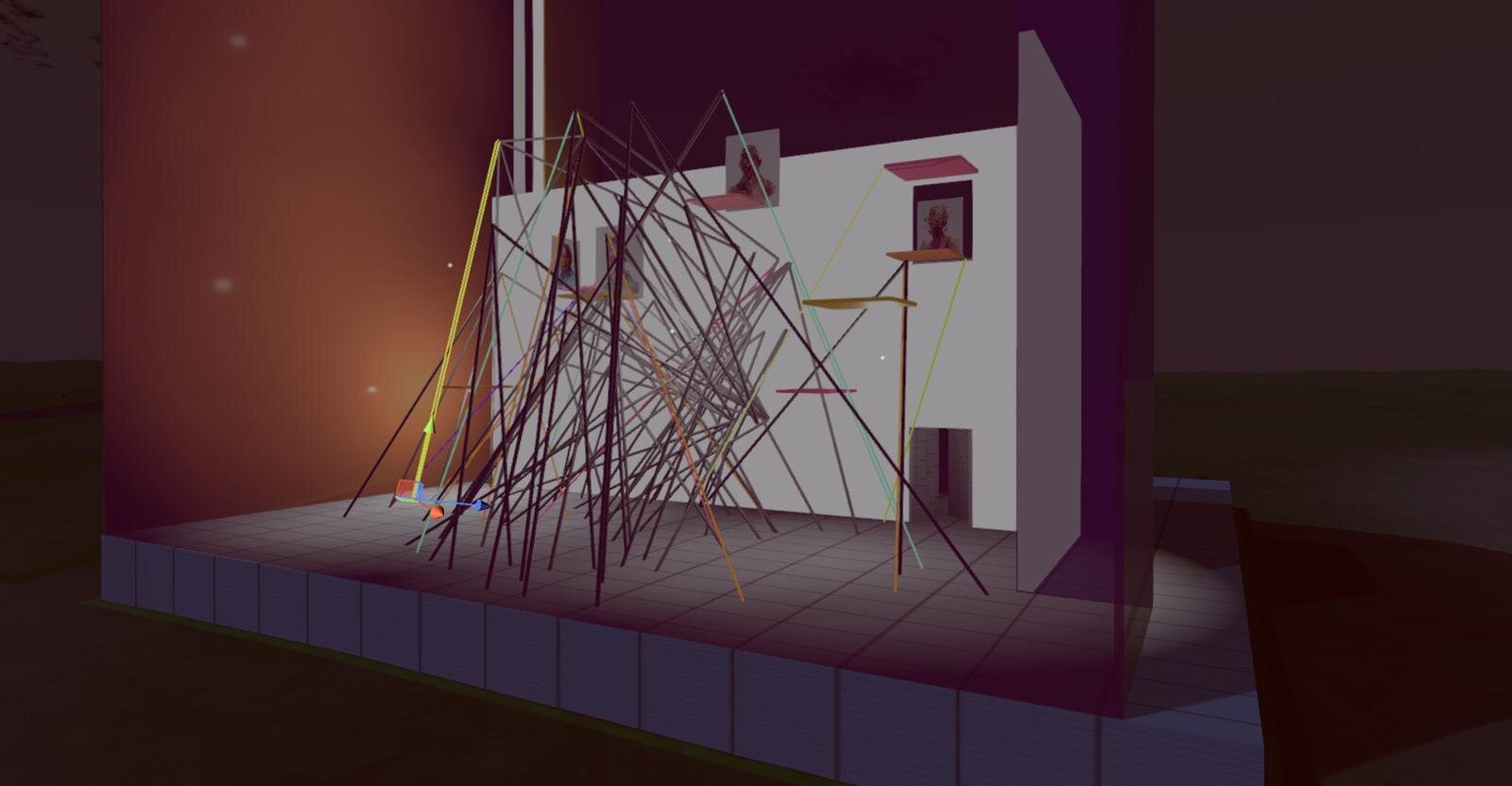
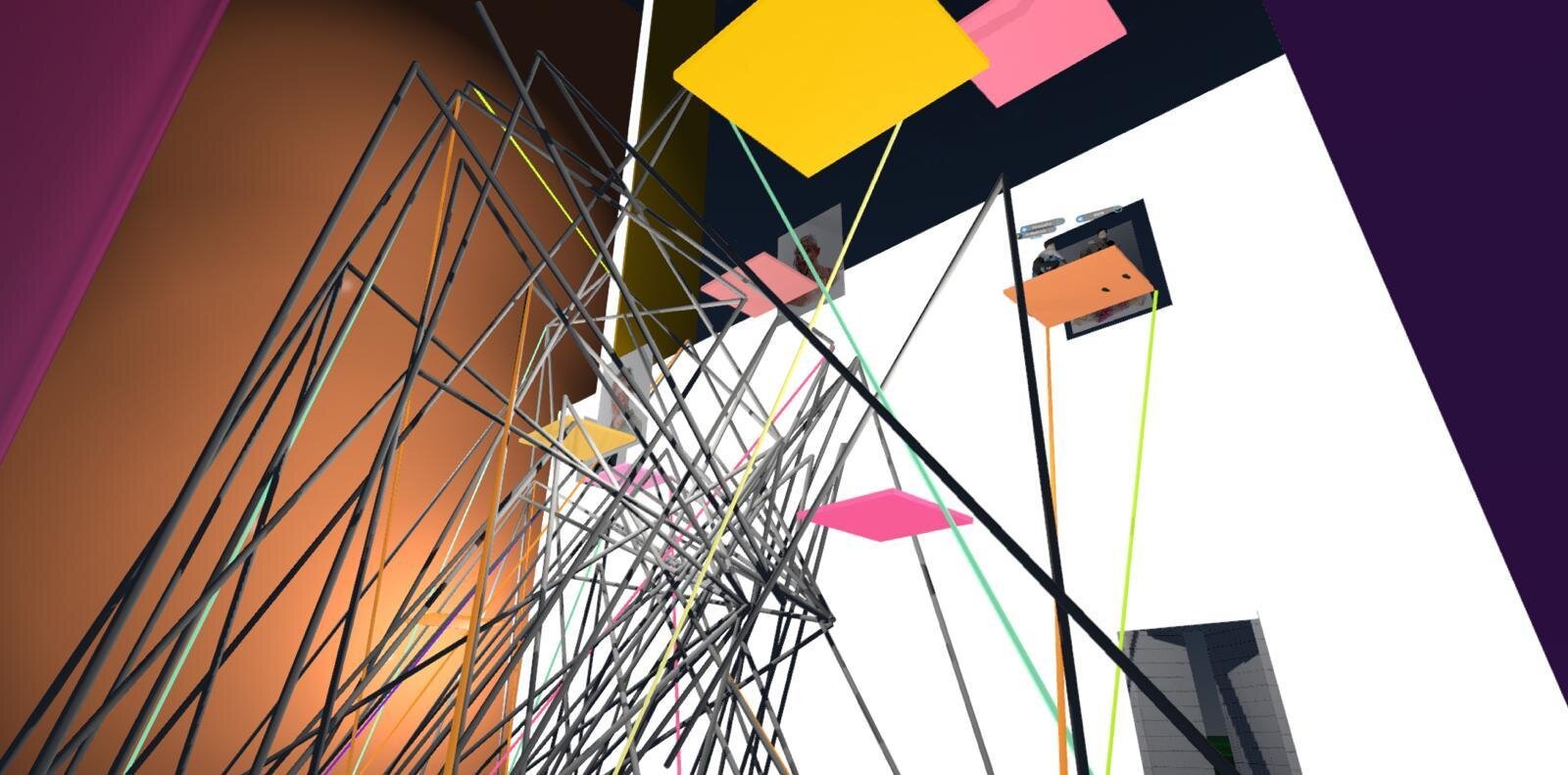
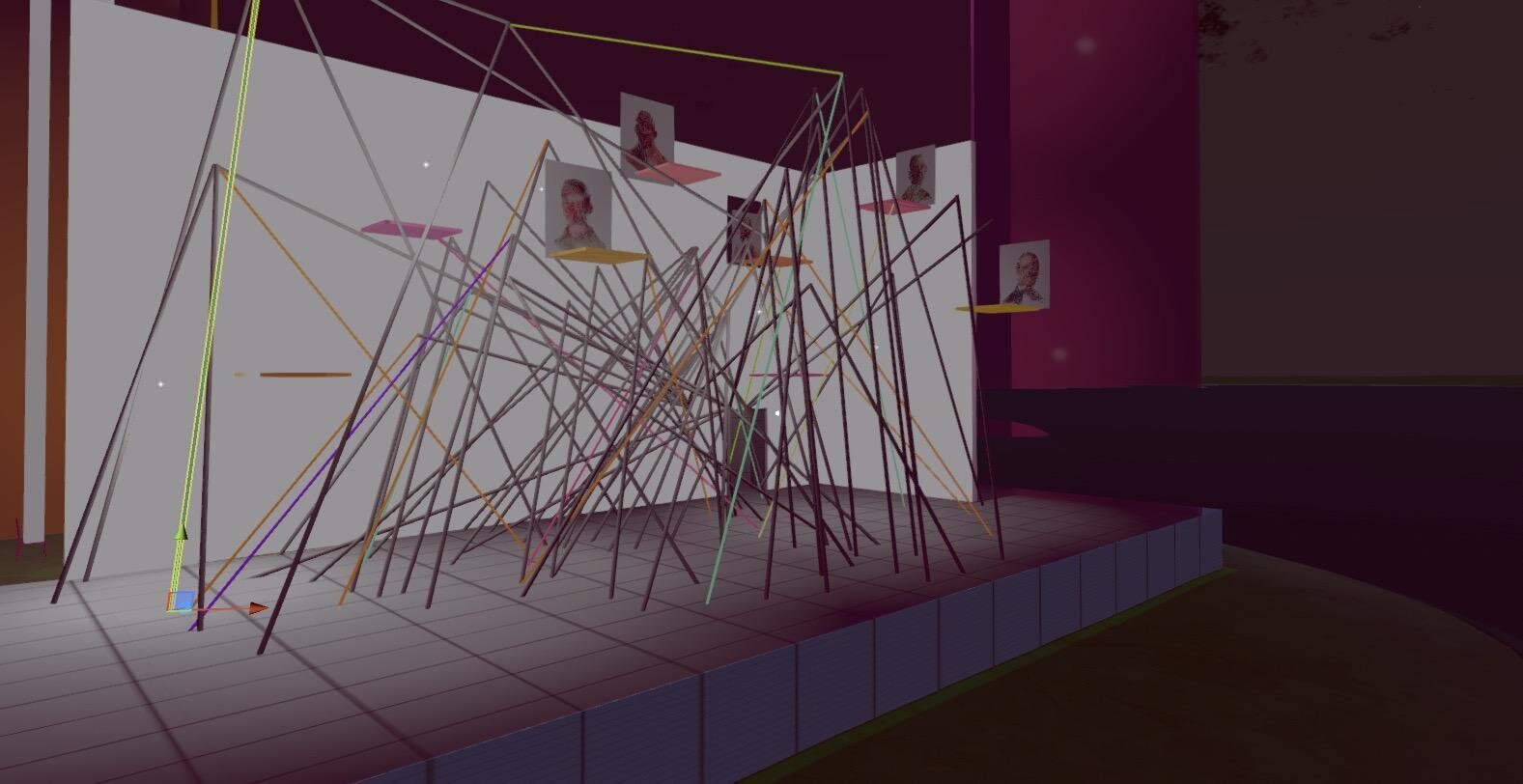
It was exciting to work on this show and collaborate with MoCA team and to be the first physical gallery in the world to help to deliver one-of-a-kind artist experience. You can feel the space mirroring the artworks, and this is something that I love about VR. It helps to extend the reality and go beyond the two-dimensional work. In a creative process with MoCA Team we were able to create a unique space with a vectored build architecture that emphasizes the linear elements of construction used in Espen's Kluge art.
The title chosen for this program replicates the name of the main artwork that you see right at the entrance of the VR space: "giving normal people abnormal experiences." The titles of the works are an additional extraordinary about Espen's practice, and he says: "Each piece is named by finding some information about the image that I have as a source photo. I try just to pick some words and put it as a title without thinking anything about it."
The music is another component that was taken into consideration while curating this exhibition. Kluge is a talented artist in many ways. You may recognize his compositions for the Norwegian television show Who Killed Birgitte? For this particular VR show we have brought his music to accompany the beautiful artworks, as you enter the space you are surrounded with the sound of his recent audio creation. As you move further through the door, the melody evolves to a different one. Currently, Espen works on his new album, which comes out in the fall this year. It has its origin from a project that he did in 2019, where he created one piece of music every day. The album contains the best 25 pieces from the first 100. He will be releasing it on all major digital platforms, and we will post news of its arrival on our socials. Meanwhile, you can enjoy some of the tracks here.
Espen Kluge ‘giving normal people abnormal experiences’ at the entrance of the MoCA exhibition space on Somnium.
Some unique works by the artist are available as NFTs on the blockchain on Opensea and as prints from his solo show at Kate Vass Galerie in Zürich. Many clients ask me: "…what if I buy a digital work, can I also print it?" I would like to respond to this question here. As a client, of course, you are not prohibited from doing so, however, this printed version of yours, let us call it "a poster," won't be considered like an artwork by the artist, and most importantly, it won't have a required quality and value either.
"Printing these pieces is not a very simple task. That is partly due to the extreme detail of the actual graphics making it important to move the graphics from code to a printable file without losing clarity (thousands of lines look terrible using bad conversion or resize algorithms). Also, the actual printing process needs special attention and consideration for each piece to secure the best possible outcome. I can say that by being really thorough in the printing process, I have become extremely happy with the unique print edition of the series." Espen Kluge
For the ones who would like to have both: print and digital, we advise contacting us and buy the original artwork, which is produced and signed by the artist, as well as accompanied by the Certificate of Authenticity. The true collector goes for the highest standard, and we are happy to support the artist and the collector by delivering the best provenance. The prints are all unique and available in 3 sizes: 30x40cm, 50x70cm, and 70x90cm accordingly. If you own the token and would like to accompany it with the physical work, let us know.
Meanwhile, I encourage everyone to visit VR experience @Moca on Somnium Space and check out the artist page.
I would like to say special thank you to Moca Team: Colborn Bell, Pablo Rodriguez-Fraile and Desiree Casoni.
References:
In the promo video the music is by Osiris - 21st Century Divide.
The video with the rotation of all works is accompanied by the music composed by Espen Kluge.
Sincerely yours,
Kate Vass
artist talk: OSINACHI - EXISTENCE AS PROTEST - the journey through the mind of the artist
We are excited to release today a special video with our dear artist Osinachi about his creative journey, the process and philosophy behind the exclusive works produced and currently on display at his debut solo show ‘EXISTENCE AS PROTEST’ at Kate Vass Galerie!
“Developing the artworks in this exhibition was definitely what psychology refers to as ‘experience-dependent process’. The process demanded that I, as an artist, respond to events that have come to plaster themselves in my subconscious since I was a child. The entire exhibition is a manifestation of my response to issues like toxic masculinity, gender fluidity, homophobia, sexism, religiosity, climate change, all of which are entwined in the politics of individualism.
‘Existence as Protest’ is a first-time solo display of the figurative portraiture approach, which has become my signature style”. - Osinachi
Osinachi (born Prince Jacon Osinachi Igwe, 24 October 1991) is a self-taught digital artist whose work explores personal experiences within a technological environment. He grew up in Aba, Nigeria and he produces drawings using Microsoft Word, where he utilizes the basic limited design palette of the word processing software to create narrative illustrations. Africa’s foremost cryptoartist, Osinachi‘s works are further registered on the blockchain and sold as non-fungible tokens (NFTs). In 2018, he became the first-ever Nigerian artist to showcase artworks at the Ethereal Summit, a conference in New York that seeks to bridge the gap between technology and art through blockchain.
Kate Vass Galerie is a pioneer gallery, whose mission is to link traditional and digital art: the gallery lies at the intersection of art and technology with the purpose to serve as a ‘portal’ between these two coexisting realities. Therefore, at the Osinachi solo show ‘Existence as Protest’ we are happy to offer to our collectors both: beautiful physical prints and crypto-works tokenized on the blockchain as NFTs. We do believe in the importance of the two mediums, digital and physical, even more when combined. Many digital artists leave their creations in the virtual form, making it difficult for some collectors to be able to enjoy the physical outcome. In the case of Osinachi, it’s a great opportunity -not to miss!- having the chance to acquire the works as NFTs and as prints.
We invite you to enjoy the video and browse Osinachi work online! All 10 cryptoworks which were created as NFTs for the show had been sold out on the blockchain during COVID -19 lockdown. As we open our doors for public again, don’t miss to have a look at the prints still available here. We strongly encourage the collectors who have already purchased NFTs to consider to acquire the corresponding prints to add value to your collection.
Installation view of Osinachi, Nduka’s Wedding Day
Kate Vass Galerie is happy to share the experience of its own collection and give an example. Below you can see the stunning Nduka's Wedding Day by Osinachi as a NFT and as a print, signed by the artist. The provenance for both is unquestionable and we enjoy an animated version on the screen, as well as a calmer traditional framed canvas hanging in the gallery.
The Foreword of the exhibition has been written by Artnome founder Jason Bailey, who also features Osinachi art in his 2020 Art Market Predictions and demonstrates a great standard of new type of collector, he has acquired both digital and print from Osinachi selection.
’Osinachi took Microsoft Word, a word processing tool with 1.2 billion users globally, and found a new way to use it as a tool for making digital art that none of us have seen before. Through sheer effort, imagination, and creativity, Osinachi brings virtuosity to what most people overlooked or cast aside as a crude tool for making basic shapes and patterns. Osinachi’s textures and color palettes sing out and demand attention. Inspired by the textiles found in Nigeria, they feel more like a rich collage of vibrant fabrics than a screen full of cold lifeless pixels. The fearless creative energy and positivity of Osinachi’s aesthetic extend seamlessly into the subject matter of his work.
Like all great artists, Osinachi is a mirror of his times, and the topics he addresses -- from environmentalism to racism and single parenthood -- resonate far outside the borders of Nigeria. He is a reminder of what art and artists can be for us all when they are performing at their best and fulfilling their most important function within our increasingly global culture.’
Harold Cohen: ‘Once upon a time there was an entity named Aaron’
Harold Cohen (1928 – 2016) explored AI and art for nearly 50 years before we saw the rising popularity of these new machine learning tools. In those five decades, Cohen worked on a single program called Aaron that involved teaching a robot to create drawings. Aaron’s education took a similar path to that of humans, evolving from simple pictographic shapes and symbols to more figurative imagery, and finally into full-colour images. We had the great pleasure to include Cohen’s work from a series which had been done for an exhibition in 1983 at the Arnolfini in Bristol in our previous Automat und Mensch show.
Harold Cohen was a painter, printmaker and designer of textiles, but he is perhaps best known as the creator of AARON, as mentioned above, a computer program which uses artificial intelligence (the branch of computer science concerned with making computers behave like humans) to generate artworks.
Cohen trained as a painter and represented Britain at the 1966 Venice Biennale. In 1968 he became a visiting professor at the University of California at San Diego, where he was introduced to computer programming. In 1971 Cohen took up a post as visiting scholar in the Artificial Intelligence Laboratory at Stanford University. While at the Artificial Intelligence Lab, he began developing the computer program called Aaron, in which he sought to codify the act of drawing.
AARON was conceived (around 1973) as the first in a projected series of programs but in fact Cohen kept still working with AARON until his last years. His creation of this program grew out of what he has described as his need 'to understand what art is'. In the process of designing a program to work with random variables, making its own decisions on colouring and composition, he explored the potential inherent in different programming languages. In its early years Aaron could only produce monochrome line drawings which were hand-coloured by Cohen. He had then modified the program so that it chose and applied the colours itself, resulting in digital prints which are the unmediated work of AARON. By the 1980s the program could produce some real-world shapes, including foliage and human figures. (source: V&A Museum)
It’s fascinating to read what the artist himself was saying about AARON, as stated in his publication from 1982 ‘ HOW TO MAKE A DRAWING.’ :
‘Aaron was clearly not a tool in an orthodox sense. It was closer to being a sort of assistant, if the need for an human analogue persists, but not an assistant which could learn what I wanted done by looking at what I did myself, the way any of Rubens' assistants could see perfectly well for themselves what a Rubens painting was supposed to look like. This was not an assistant which could perform any better for having done a thousand drawings, not an assistant which could bring anything approximating to a human cognitive system to bear on the production of drawings intended for human use. A computer program is not a human being. But it IS the case, presumably, that any entity capable of adapting its performance to circumstances which were unpredictable when its performance began exhibits intelligence: whether that entity is human or not. We are living on the crest of a cultural shock-wave of unprecedented proportions, which thrusts a new kind of entity into our world: something less than human, perhaps, but potentially capable of many of the higher intellectual functions — it is too early still to guess HOW many — we have supposed to be uniquely human. We are in the process of coming to terms with the fact that "intelligence" no longer means, uniquely, "human intelligence." ‘
Harold Cohen, Professor Emeritus, creator of AARON, University of California, San Diego
Harold Cohen was of great inspiration to many contemporary AI artists such as Tom White; White’s artwork investigates the Algorithmic Gaze: how machines see, know, and articulate the world. As machine perception becomes more pervasive in our daily lives, the world as seen by computers becomes our dominant reality. White explores this phenomenon in his work.
Collaborating with AI systems, White creates physical abstract prints that are reliably classified by neural networks. It’s art by AI, for AI. By giving the algorithms a voice to speak in, we are better able to see the world through the eyes of a machine.
Tom White is a New Zealand based artist investigating artificial intelligence and machine perception. He is also a lecturer teaching computational design and creative AI at the Victoria University of Wellington School of Design.
We were glad to had also Tom White work featured in the Automat und Mensch exhibition here at Kate Vass Galerie in Zürich last year.
THE RISE OF Virtual Worlds and Decentralised Lands on the blockchain
The future of collecting digital assets is here, now. Actually, it’s been out there already for the last couple of years but is more hype than ever due to the forced COVID-19 circumstances.
The whole world is more ‘online’ than ever and if we think about the ways of collecting & enjoying art, the digital trend is simply confirmed: there are new type of collectors who have started to build awesome reputable digital art collections, taking all the best that blockchain technology has to offer. Using tokens to represent assets on the blockchain also offers a number of advantages, such as proving provenance, uniqueness and authenticity plus secure and decentralized storage.
Blockchain-based platforms like Open Sea and Super Rare , showcased a considerable increase in the number of artists featured and artworks traded especially during the last year, they were also spotted to showcase their collections in the decentralized lands.
Since we at Kate Vass Galerie started to tokenise and offer digital artworks for sale on the blockchain in 2019, we’ve been witnessing a remarkable growth of active collectors and bids which led to a rise in the prices.
Good example: the AI Generated Nude Portrait #1 by artist Robbie Barrat, originally bought from the artist by a collector 2 years ago for 0.46ETH ($176), recently sold for 75ETH ($13,265).
But then, how to best enjoy a digital art collection? The trend now shows that virtual worlds are getting very popular. So popular that it may be too late to buy a piece of LAND as they are currently sold out on some platforms.
Here is the list of The Top 4, where you can start building your own digital world and exhibit your art collection!
Cryptovoxels is a virtual world powered by the Ethereum blockchain. Players can buy land and build stores and art galleries. Editing tools, avatars, text chat and voice chat are built in.
You can explore Galleries, Artists, Portals and curated Collections.
Open, Social, Virtual Reality world with its own economy, its own currency and its own Marketplace, Games, Social experiences and Virtual Land ownership.
“Our ultimate goal is to bring a long-lasting dream of humanity to fully immerse themselves into a huge world which is constantly changing and is never same no matter when you decide to join.” said Artur Sychov, founder & CEO of Somnium Space. “Ability to create a functioning economy within virtual reality world is a dream and an internal goal we have at Somnium.”
Company is currently on the roadshow of the Week 6/10 of #Road2SLO (which means Secondary Land offering) on 23rd of April 25 exclusive #VRland parcels will be auctioned. Last weeks demonstrated excellent results and all was sold out quickly, so if you are interested to buy a piece of decentralized land do not miss a chance to claim your spot inside #VR #Metaverse and start building! The link is here: https://opensea.io/assets/somnium-space?sortBy=assets_prod_main_listing_time_desc
3. The Sandbox
A Decentralized Gaming Ecosystem Made By Players.
The Sandbox is a community-driven platform where creators can monetize voxel ASSETS and gaming experiences on the blockchain.
The Sandbox Tokens: LANDS. A LAND is a digital piece of real estate in The Sandbox metaverse that players can buy to build experiences on top of. Once you own a LAND, you will be able to populate it with Games and Assets. Each LAND is a unique (non-fungible) token lying on the public Ethereum blockchain (ERC-721).
A total of 166,464 LANDS will ever be available, contained in a map that will form The Sandbox metaverse.
4. Decentraland
Decentraland is a virtual world where you can build and explore 3D creations, play games and socialize.
The decentraland experiences are currently being built by thousands of LAND owners. Once they are ready, you will be able to explore the world on your computer, phone or VR headset.
Decentraland Marketplace: Welcome to the virtual world’s one-stop-shop for the very best digital assets.
--
Start exploring and have fun!
Follow us on Instagram and Twitter @katevassgalerie
Vera Molnar: pioneer of computer art
Born in Hungary in 1924, Vera Molnar is one of the first women artists to use computers in her practice.
Trained as a traditional artist, she studied art history and aesthetics at the Budapest College of Fine Arts and moved to Paris in 1947, where she still lives. She co-founded several pioneering artist research groups such as G.R.A.V. (Groupe de Recherche d'Art Visuel), which investigate collaborative approaches to mechanical and kinetic art, and the research group for art and computer science at the Institute of Art and Science in Paris.
Pre-dating the computer, she invented algorithms or “machine imaginaire” that allowed the creation of image series following a set of pre-ordained compositional rules. Beginning in 1968, the computer became a central device in the making of her paintings and drawings, allowing her to more comprehensively investigate endless variations in geometric shape and line.
Still active today at the young age of 95, she is the recipient of the first D.velop Digital Art Award (2005), was appointed Chevalier of Arts and Letters (2007), and won the outstanding merit award AWARE in 2018.
(Source: MuDA Zürich)
The artwork here was exhibited as part of our group show Automat und Mensch at Kate Vass Galerie in 2019. The exhibition was, above all, an opportunity to put important work by generative artists spanning the last 70 years into context by showing it in a single location.
Comprehensive catalogues from the exhibition can be found here.
Just few months later , a solo show of her work has opened its doors at MuDA (the Museum of Digital Art) in Zürich: The ‘grande dame’ of digital art, Vera Molnar.
Purposefully random and parametrically witty, the muse of entire generations of artists presents works ranging from the 1960s to today. The exhibition shows algorithmic paintings drawn by hand and computer, some of which shown to the public for the very first time.
Below you can enjoy some pictures from our visit of this beautiful exhibition together with David Young, another talented artist who has spent his entire career at the leading edge of emerging technologies. From projects using early supercomputers and the dawn of the web, to contemporary global innovation and artistic initiatives, David has been a champion for new forms of creativity and expression enabled by technology.
At the entrance of the exhibition at MuDA, roll the dice to navigate randomly where to start your tour!
Very interactive with the audience, you can pay and the plotter uses the coins to draw a work
The receipt for the entrance fee is printed in real Vera Molnar style
And here a selection of some of our favourites works from Vera Molnar catalogue raisonné, which you can also fully discover on her website: www.veramolnar.com .
Image Credits: www.veramolnar.com
Kinetic Art: precursor to digital art?
Lately there has been a lot of talking around the theme of digital art and, as we mentioned in one of our last posts, it’s important to remember that it did not develop in an art-historical vacuum.
Already back in the 1930s artists started to experiment with mechanical devices and -later- with analog computers: this was just the beginning of what it would have then turned out to be the work of the digital pioneers in the 1960s.
Kinetic art can be regarded as a precursor to digital media art and here we want to share with you some of the very early works by the pioneers of this movement.
László Moholy-Nagy believed in the potential of art as a vehicle for social transformation, working hand in hand with technology for the betterment of humanity. He created his film Light Play: Black-White-Gray, which showcased his kinetic light display Light Prop for an Electric Stage (Light-Space Modulator) in 1930.
Alexander Calder, best known for his innovative mobiles (kinetic sculptures powered by motors or air currents), really challenged the definition of sculpture.
Alexander Calder, Dancing Torpedo Shape (1932)
Victor Vasarely was as a graphic artist, he produced the Zebra studies and carried out his initial optical experiments. He then turned away from figurative painting and developed his unmistakable style: optical image patterns paired with kinetic effects.
Victor Vasarely, Arlequin II, 1935–1976
Jean Tinguely: As a creator of kinetic works of art, the Swiss artist counts among the great pioneering artists of the second half of the twentieth century. What interested him most was how machines work, how they move, the noises they make and their intrinsic poetry.
He invented the Méta-Matic drawing machines in 1959 which make abstract art.
Jean Tinguely, Radio WNYR Nr. 15,1962
Creditline: Museum Tinguely, Basel
Nicolas Schöffer is considered the Father of Cybernetic Art, thus of so-called "interactivity", he wanted to bring a prospective and non-backward-looking vision of art, which could help mankind to develop itself with a good hold on true creative and liberating possibilities of our times.
Nicolas Schöffer, N°6 Cysp 1 1956, Concorde et Sergeant de Ville
Photographe : Jean Yves Hervochon
from ‘Automat und Mensch’exhibition at Kate Vass Galerie
CYSP 1. (1956)represents the first cybernetic sculpture of art's history.
CYSP 1. is a name composed by the first letters of cybernetics and spatiodynamic: it’s the first "spatiodynamic sculpture" having total autonomy of movement (travel in all directions at two speeds) as well as axial and eccentric rotation (setting in motion of its 16 pivoting polychromes plates).
Nicolas Schöffer has executed this spatial composition in steel and duraluminum, into which an electronic brain, developed by the Philips Company, has been incorporated.
The whole is set on a base mounted on four rollers, which contains the mechanism and the electronic brain. The plates are operated by small motors located under their axis. Photo-electric cells and a microphone built into the whole catch all the variations in the fields of colour, light intensity and sound intensity.
Spatiodynamic sculpture, for the first time, makes it possible to replace man with a work of abstract art, acting on its own initiative, which introduces to the world a new being whose behaviour and career are capable of ample developments.
Before Cysp 1., in the paths opened by Norbert Wiener, there were indeed some robots, complicated and hideous feats of fledgling technologies ... but no artistic research ventured until then ...
It took Schöffer's idea and his strength of conviction for the Philips Company, whose Director was Marcel Jolly, to take the risk of putting its engineers and its financial resources at the service of art in one of its new beginnings .
(source: https://www.olats.org/schoffer/archives/eindex.htm )
Also worth to mention are some of the most famous exhibitions related to this movement which had been held in the 1960s and marked the art history:
1955, Le Mouvement at Galerie Denise René, Paris
1960, Kinetische Kunst at Kunstgewerbemuseum Zürich
1960, Bruno Munari Polarized Light Projections, The National Museum of Modern Art, Tokyo
1961, Bewogen Beweging (Moving Movement) at Stadelijk Museum, Amsterdam
1961, Nove tendencije at Galerija Suvremene Umjetnosti, Zagreb
Google & Generative Art
Kate Vass Galerie Team is a big fan of Google Arts & Culture, the largest online platform which allows users to explore art collections from around the world featuring content from over 2000 leading museums and archives, we like to reference it from time to time in our blog. Platform features over 130 different art movements from Renaissance to Contemporary art, however, everyone can easily notice that there is still a lack of content and no subsection for generative art nor digital art. We would like to give a humble recommendation to Google team to look into generative art and maybe eventually create a subsection for it or add few artists, as we believe that the generative artists are among the most important artists in the history of art.
Generative art, once perceived as the domain of a small number of “computer nerds,” is now the artform best poised to capture what sets our generation apart from those that came before us - ubiquitous computing.
In the last few years we have seen a tremendous spike in the interest of “AI art,” ushered in by Christie’s and Sotheby’s both offering works at auction developed with machine learning. Capturing the imaginations of collectors and the general public alike, the new work has some conservative members of the art world scratching their heads and suggesting this will merely be another passing fad.
What they are missing is that this rich genre, more broadly referred to as “generative art,” has a history as long and fascinating as computing itself. A history that we have highlighted in our recent show Automat und Mensch (or Machine and Man) here at Kate Vass Galerie in Zürich, curated by Jason Bailey and Georg Bak.
Emphasizing the deep historical roots of AI and generative art, the show took its title from the 1961 book of the same name by German computer scientist Karl Steinbuch. The book contains important early writings on machine learning and was inspirational for early generative artists like Gottfried Jäger.
Jäger, generally considered the father and founder of “generative photography”, was among the first ones to use the term “generative aesthetics” within the context of art history. Don’t miss the exclusive interview with him, which you can find in our quarterly publication on Collecting Generative Art.
The show featured other important works from the 1960s through the 1980s by pioneering artists like Vera Molnar, Nicolas Schöffer, Frieder Nake, and Manfred Mohr.
Generative works from the early 1990s included pieces by John Maeda, former president of the prestigious Rhode Island School of Design (2008-2014) and associate director of research at MIT Media Lab. Though Maeda is an accomplished generative artist with works in major museums, his greatest contribution to generative art was his invention of a platform for artists and designers to explore programming called "Design By Numbers."
Casey Reas, one of Maeda’s star pupils at the MIT Media Lab, is the co-creator of the Processing programming language (inspired by Maeda’s “Design By Numbers”) which has done more to increase the awareness and proliferation of generative art than any other singular contribution. Processing made generative art accessible to anyone in the world with a computer. You no longer needed expensive hardware, and more importantly, you did not need to be a computer scientist to program sketches and create art.
Among the most accomplished artists to ever use Processing are Jared Tarbell and Manolo Gamboa Naon, who we both represented in the exhibition. Tarbell mastered the earliest releases of Processing, producing works of unprecedented beauty.
Argentinian artist Manolo Gamboa Naon - better known as “Manolo” - is a master of color, composition, and complexity. Highly prolific and exploratory, Manolo creates work that takes visual cues from a dizzying array of aesthetic material from 20th century art to modern-day pop culture. Though varied, his work is distinct and immediately recognizable as consistently breaking the limits of what is possible in Processing.
With the invention of new machine learning tools like DeepDream and GANs (generative adversarial networks), “AI art,” as it is commonly referred to, has become particularly popular in the last five years. One artist, Harold Cohen, explored AI and art for nearly 50 years before we saw the rising popularity of these new machine learning tools. In those five decades, Cohen worked on a single program called Aaron that involved teaching a robot to create drawings. Aaron’s education took a similar path to that of humans, evolving from simple pictographic shapes and symbols to more figurative imagery, and finally into full-color images.
AI and machine learning have also added complexity to copyright, and in many ways, the laws are still catching up. We saw this when Christie’s sold an AI work in 2018 by the French collective Obvious for $432k that was based heavily on work by artist Robbie Barrat.
Pioneering cyberfeminist Cornelia Sollfrank explored issues around generative art and copyright back in 2004 when a forum for new media plug.in refused to show her Warhol Flowers. The flowers were created using Sollfrank’s net.art generator, but the gallery claimed the images were too close to Warhol’s “original” works to show. Sollfrank, who believes “a smart artist makes the machine do the work”, believed she had a case that the images created by her program were sufficiently differentiated. Sollfrank responded to the gallery by recording conversations with four separate copyright attorneys and playing the videos simultaneously. In this act, Sollfrank raised legal and moral issues regarding the implications of machine authorship and copyright that we are still exploring today.
While we have gone to great lengths to focus on historical works, one of the show’s greatest strengths was the range of important works by contemporary AI artists. We start with one of the very first works by Google DeepDream inventor Alexander Mordvintsev. Produced in May of 2015, DeepDream took the world by storm with surreal acid-trip-like imagery of cats and dogs growing out of people’s heads and bodies. Virtually all contemporary AI artists credit Mordvintsev’s DeepDream as a primary source of inspiration for their interest in machine learning and art. We had the great opportunity to include one of the very first images produced by DeepDream in the exhibition.
The show also included work by Tom White, Helena Sarin, David Young, Sofia Crespo, Memo Akten, Anna Ridler, Robbie Barrat, and Mario Klingemann.
And for the ones who would like to learn more about this intriguing art genre, we highly recommend the brilliant article Why Love Generative Art? by Jason Bailey! Not to miss also our two publications covering the theme ‘Collecting Generative and Digital Art’ which you can find here.
Feel free to share!
Museums from Home: virtual tours while in isolation
The Team at Kate Vass Galerie has made a selection of some of the best virtual tours now available online from different museums worldwide. A journey through incredible art and architecture to be enjoyed for free from the comfort of your home thanks to the great power of new technologies.
This award-winning series of six short videos invites viewers around the world to virtually visit The Met's art and architecture in a fresh, immersive way. Created using spherical 360° technology, it allows viewers to explore some of the Museum's iconic spaces as never before.
LACMA | Los Angeles County Museum of Art
Being the LACMA closed just like all other cultural institutions, the museum just introduced LACMA @ Home: on its homepage you will find links to free enriching and inspiring content for you to Watch, Listen, Learn, Read, and Browse at home.
No need to say we recommend the Art + Technology Lab videos! At LACMA, the Art + Technology Lab supports artist experiments with emerging technology.
Since its founding, the Solomon R. Guggenheim Museum has maintained a belief in the transformative powers of art. In uncertain times such as these, art can provide both solace and inspiration. Although the catalytic Frank Lloyd Wright-designed building is temporarily closed, the Guggenheim Museum remains a virtual community committed to igniting ideas, discussion and creativity.
The Museum offers different ways to connect with its curators, artists, exhibitions, and collections from your own home.
You can take the virtual tour of the Guggenheim Museum on Google Arts & Culture.
View of the virtual tour of the Guggenheim Museum on Google Arts & Culture.
"The Vatican, the Museum of Museums," not only houses the extensive collections of art, archaeology and ethno-anthropology gathered by the Popes over the centuries, but also contains some of the Apostolic Palace’s most extraordinary and artistically significant rooms.
For their 360° Virtual Tours follow the link below:
www.museivaticani.va/content/museivaticani/it/collezioni/musei/tour-virtuali-elenco.html
Sensing Spaces: Architecture Reimagined Conceived by Kate Goodwin, Drue Heinz Curator of Architecture at the Royal Academy of Arts, the exhibition creates, above all else, an essential interaction between three factors: the nature and quality of physical spaces, how we perceive them, and their resulting evocative power.
The Museum of Contemporary Art recently launched Virtual MOCA as a way to stay connected and build community.
The museum has created new and daily series that is available on moca.org and across MOCA’s social media platforms: Instagram, Facebook, and Twitter.Check their website for a full schedule of offerings:
www.moca.org/virtual-moca
And if you still can’t get enough of Art, you can always visit Google Arts & Culture platform which features content from over 2000 leading museums and archives who have partnered with the Google Cultural Institute!
Art as a mirror of a society
‘All artists bear the imprint of their time but the great artists are those in which this stamp is most deeply impressed’ - Henry Matisse, 1908.
Art has been always a mirror of the society and a reflection on each era: now more then ever, while we are all facing this surreal situation where majority of people worldwide are forced to stay at home with no social interactions, art can still bring us together (virtually, at least) and invites us to reflect on the times we’re living in.
If you look back at the history, the most progressive movements were born in the most challenging times. Dadaism, for example was born in Zürich in 1916, developed during and after the First World War as young artists banded together to express their anger with the war. They thought that the only hope for society was to destroy systems based on reason and logic and replace them with ones based on anarchy, the primitive and the irrational. By doing so, they challenged the status quo and we can fairly say that this movement definitely changed the course of art.
The expression anti-art was originated by Marcel Duchamp around 1913 to mark works which challenge accepted definitions of art. Passionate coverage of art, politics, and culture were topics often discussed in a variety of media. The movement influenced later styles like the avant-garde and downtown music movements, and groups including Surrealism, nouveau réalisme, pop art and Fluxus.
Marcel Duchamp Rotary Glass Plates (Precision Optics) formerly titled as, Revolving Glass Machine, 1920
Rotary Glass Plates is a motorized device that demonstrates the continuity of visual impressions. Its five glass blades and (portions of the support) are painted so that when set in motion and viewed head-on, the machine forms concentric circles on a single plane. For about eight years before constructing this apparatus, Duchamp had been reading various treatises on mathematics and perceptions, and a number of his art works dealt with rotating machines. Rotary Glass Plates was the first actual machine that Duchamp made in his quest for a new world that would no longer separate art from idea.
At the same time, De Stijil artists had a different mission: they wanted to create a new art in the spirit of peace as they believed that the reduction of art to its basics would in turn lead to a renewal of the society.
George Maciunas Fluxus Manifesto,1963
In 1961 George Maciunas invented the word ‘Fluxus’: the basic idea was that life itself can be experienced as art and this artistic movement spread across three continents and included many artists such as: Joseph Beuys, Yoko Ono and Naim June Paik (an early pioneer of video art). Fluxus continues to develop today, taking advantage of new technologies, such as the internet.
Nam June Paik, San Francisco Museum of Modern Art
With the technological progress nowadays we talk a lot about digital art, but we can see that digital art did not develop in an art-historical vacuum either, but it has strong connections to previous art movements - especially the above mentioned Dada, Fluxus and Conceptual Art. The importance of these movements for digital art resides in their emphasis on formal instructions and in their focus on concept , event, and audience participation, as opposed to unified material objects.
During the upcoming days we’ll start sharing some interesting insights on the history of digital art, stay tuned!

















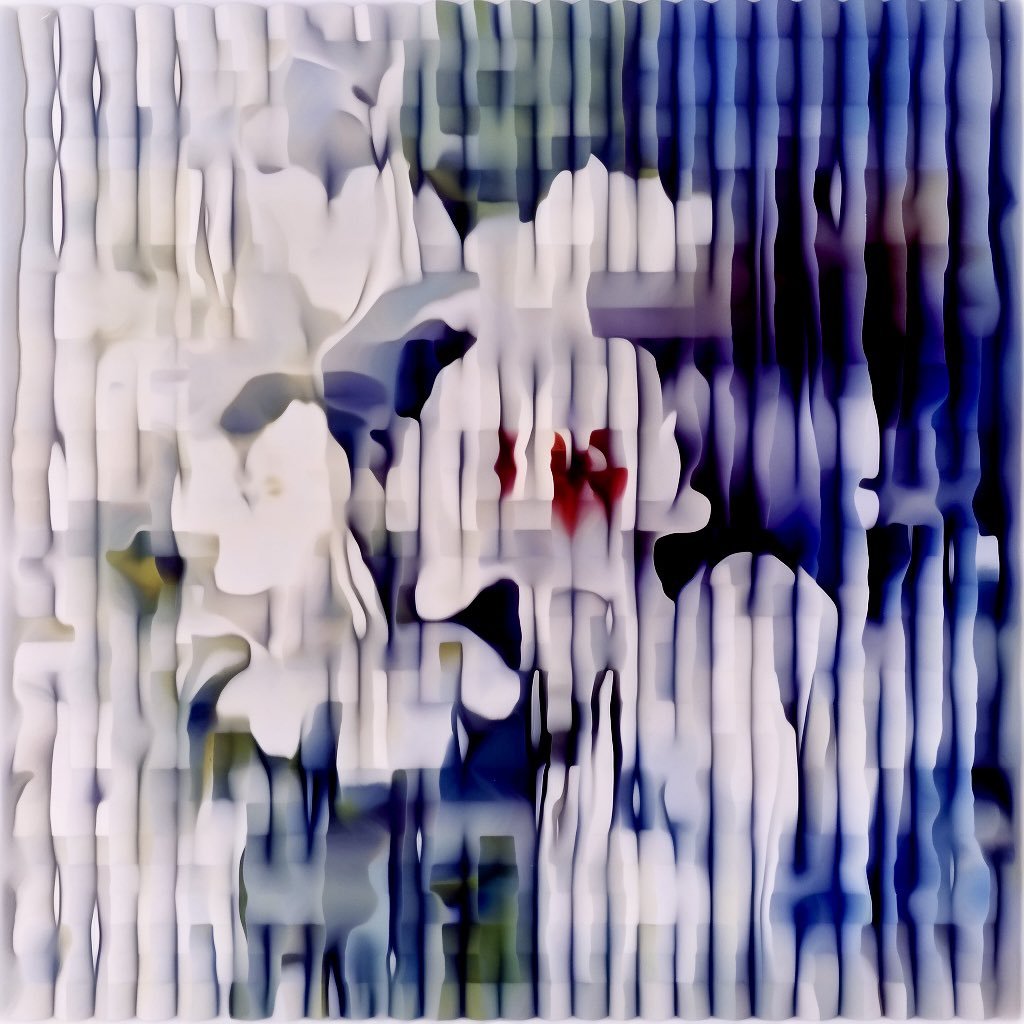
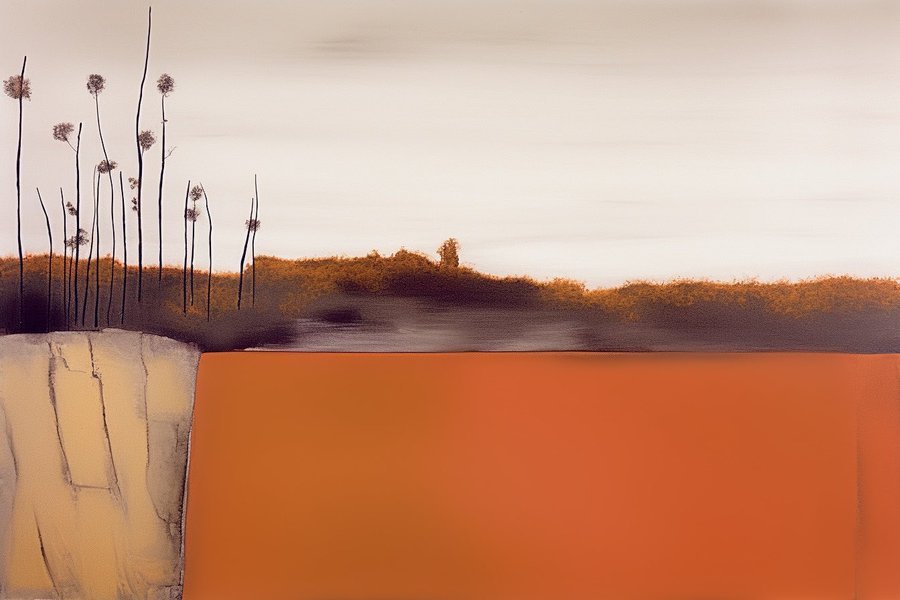




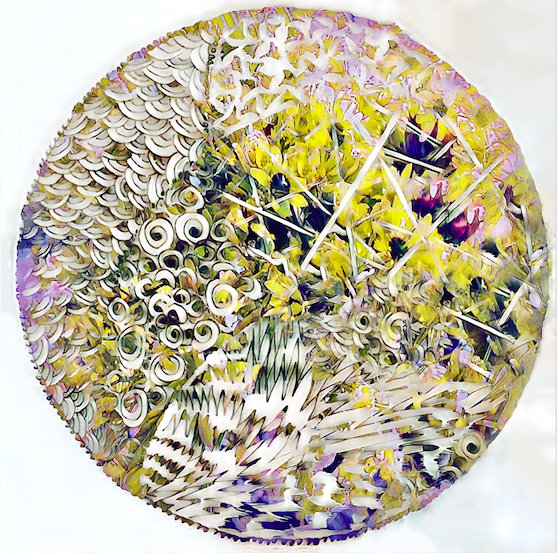







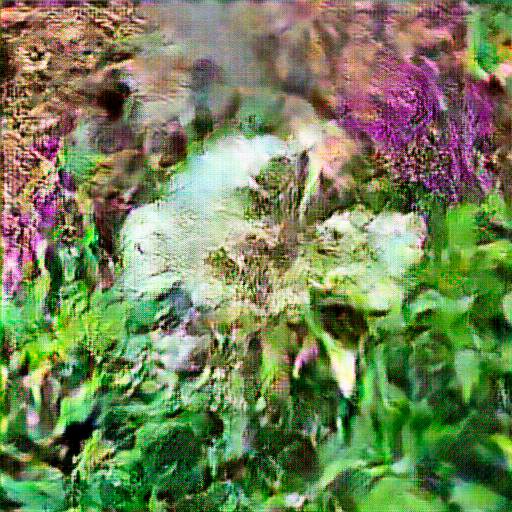


















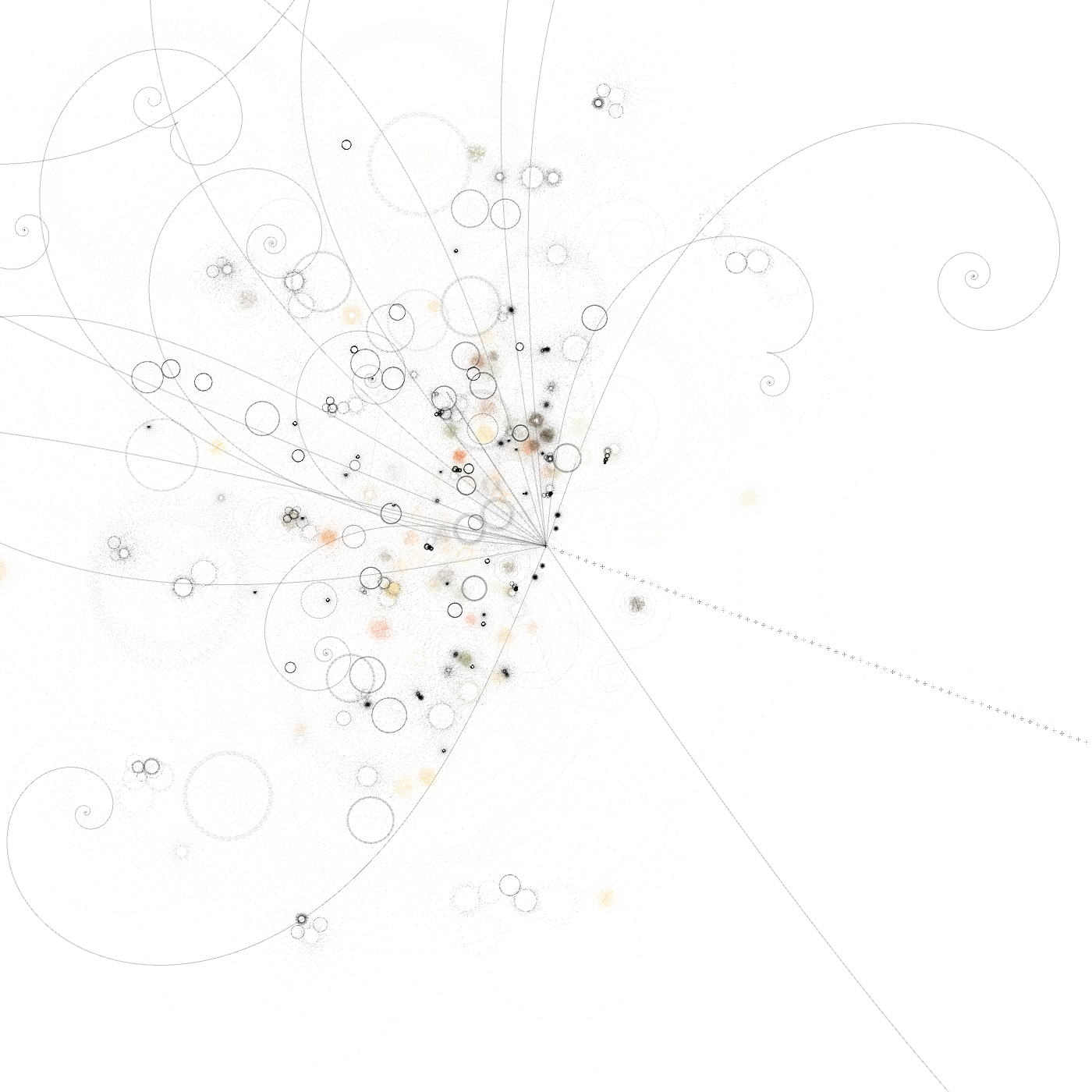


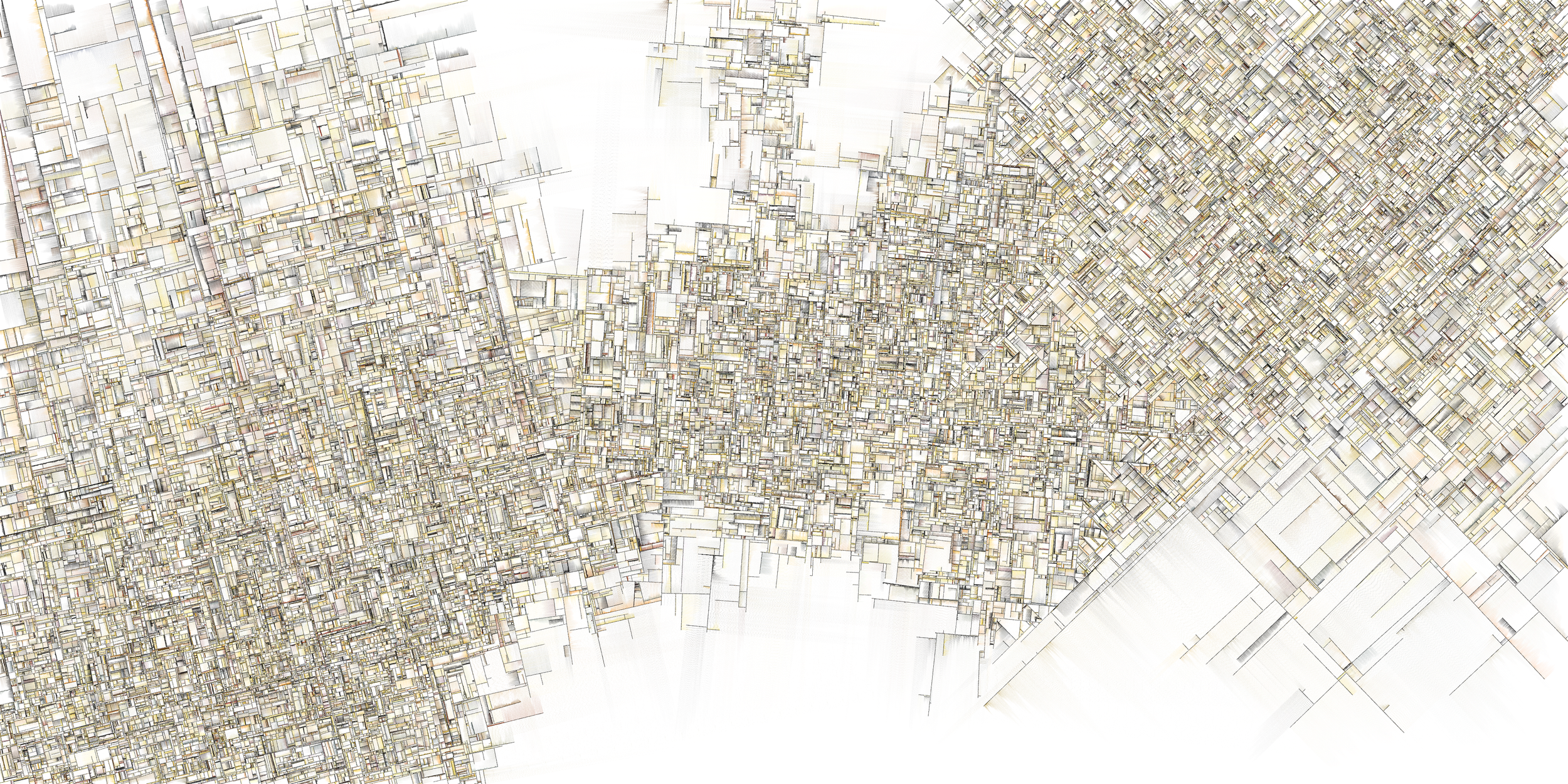
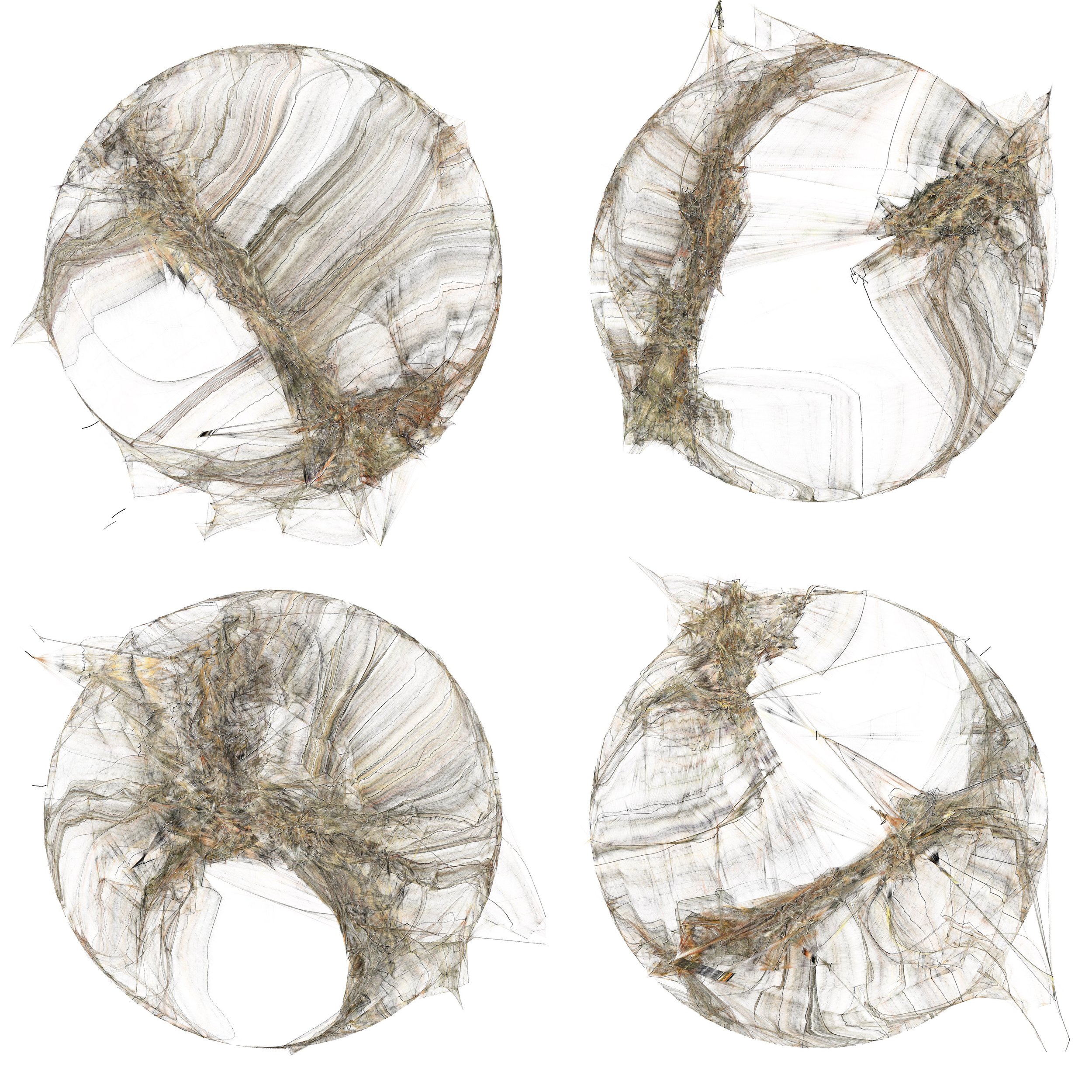



















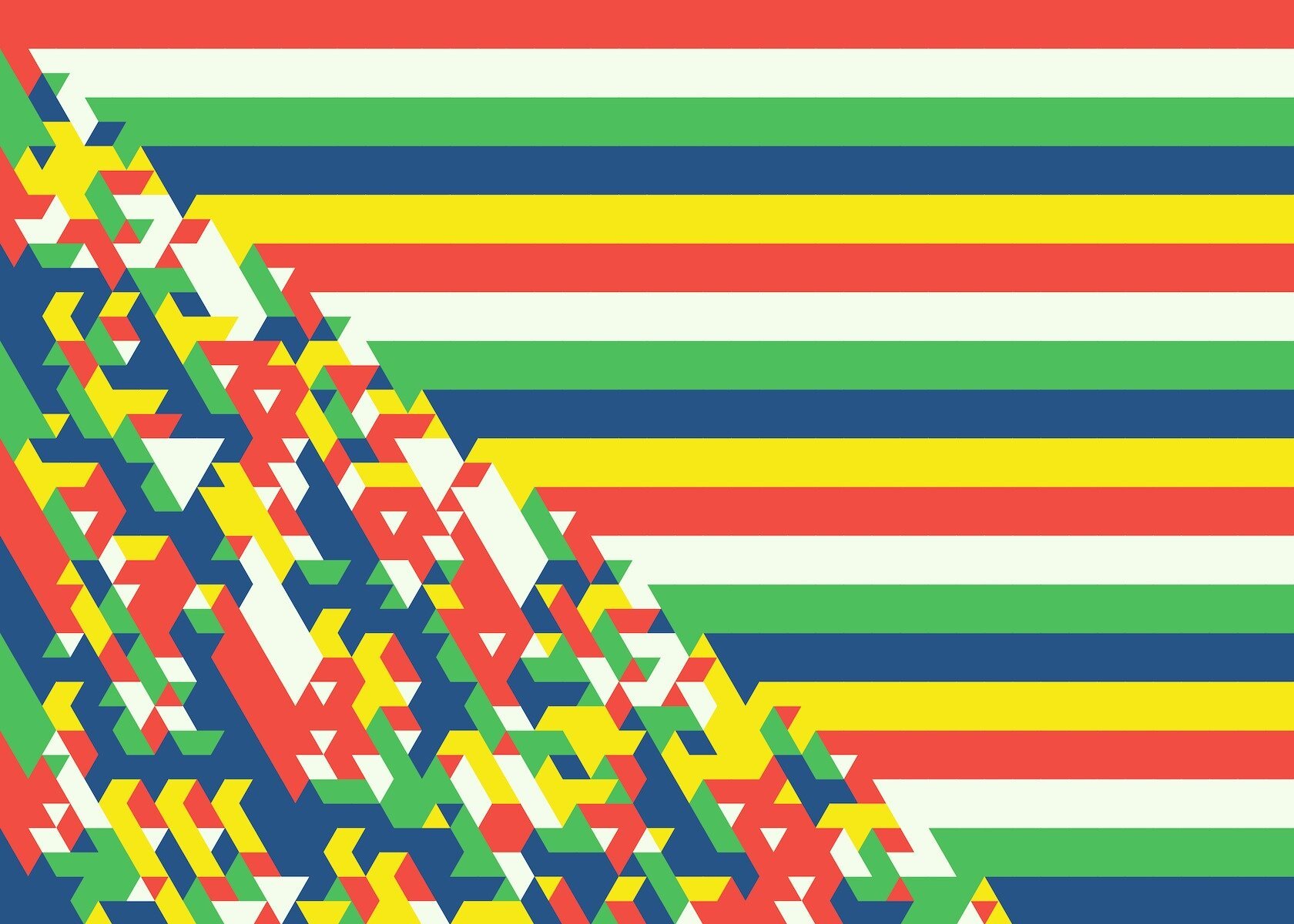




















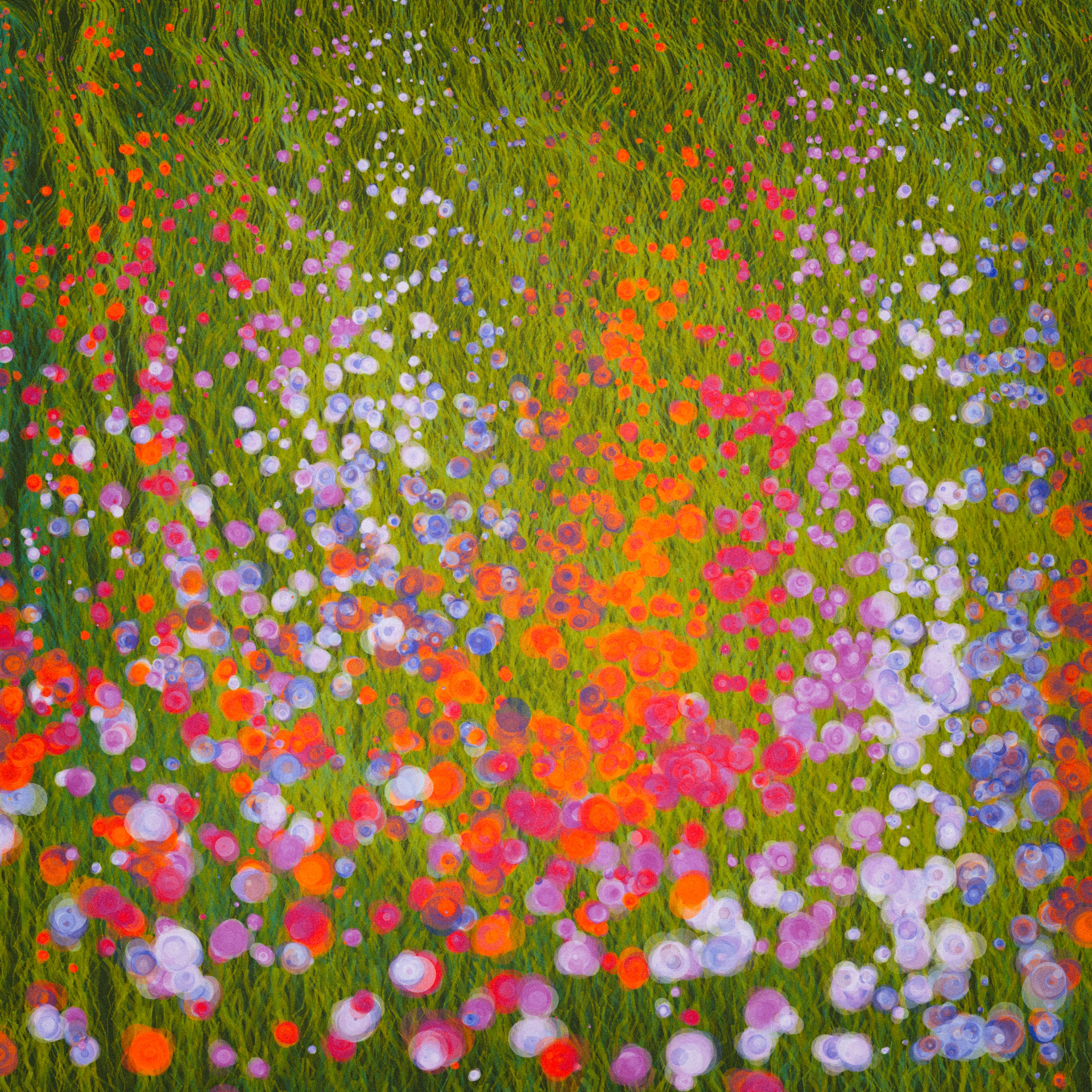


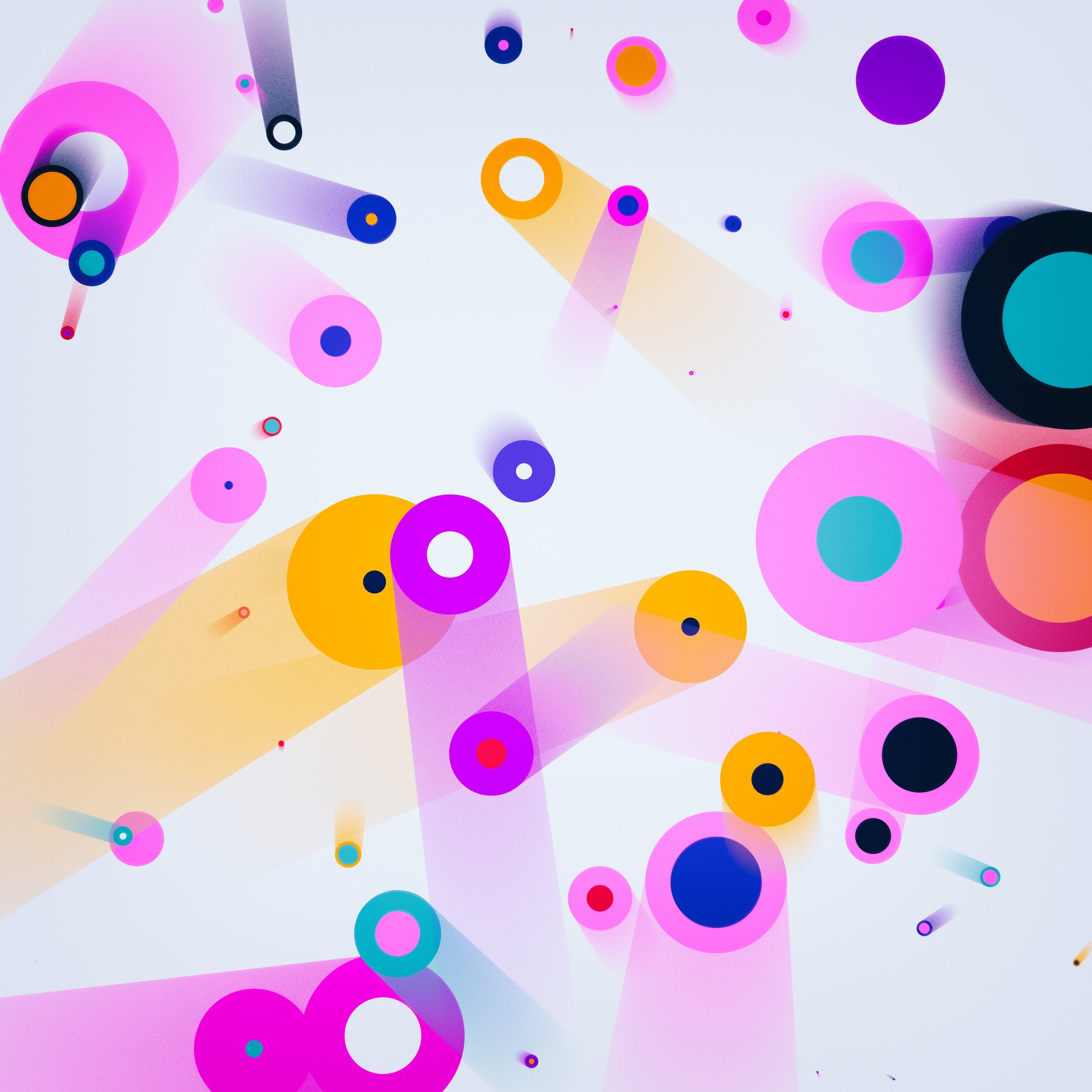




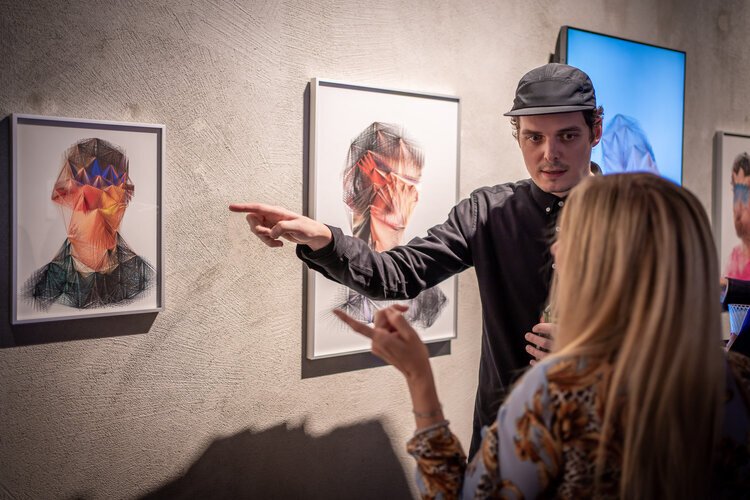
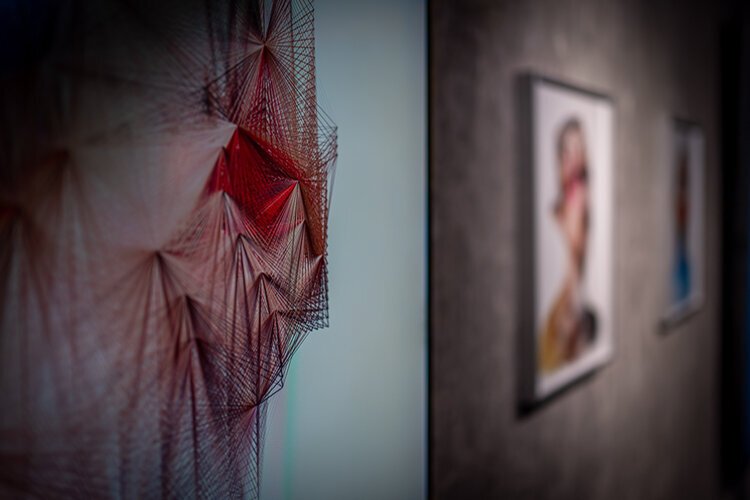





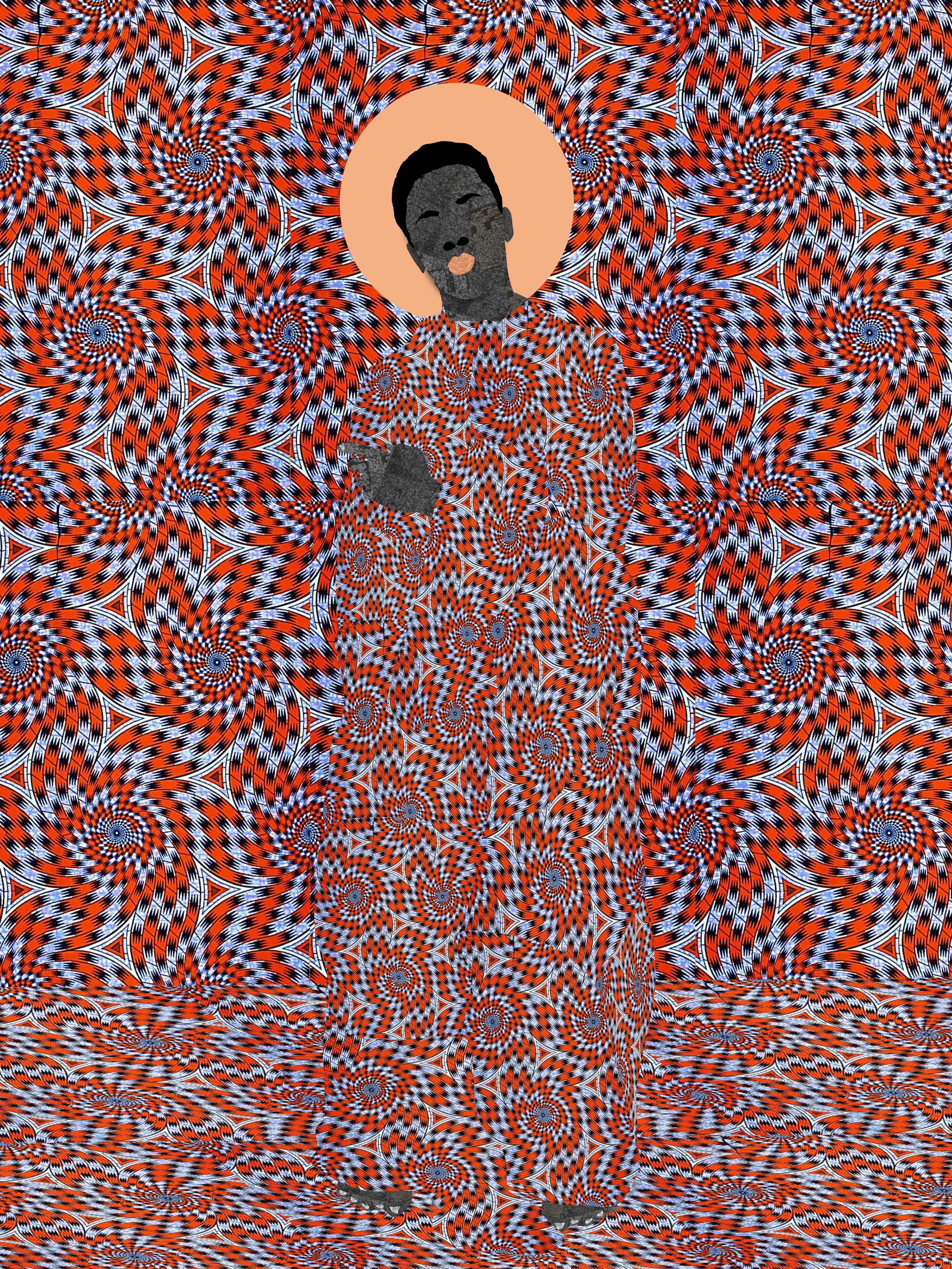



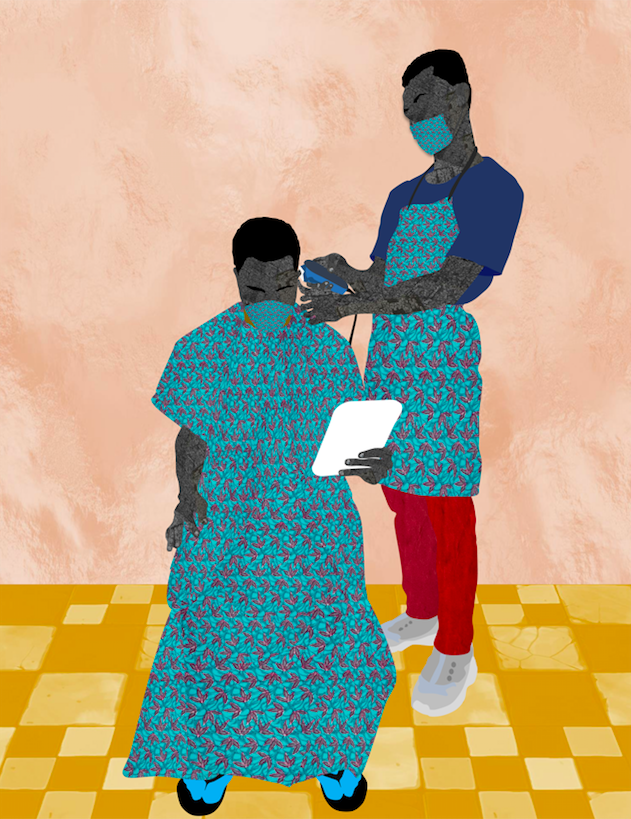


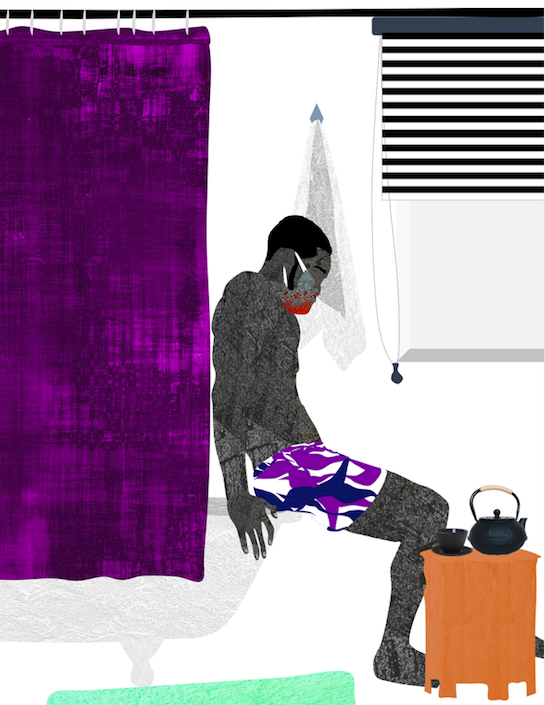












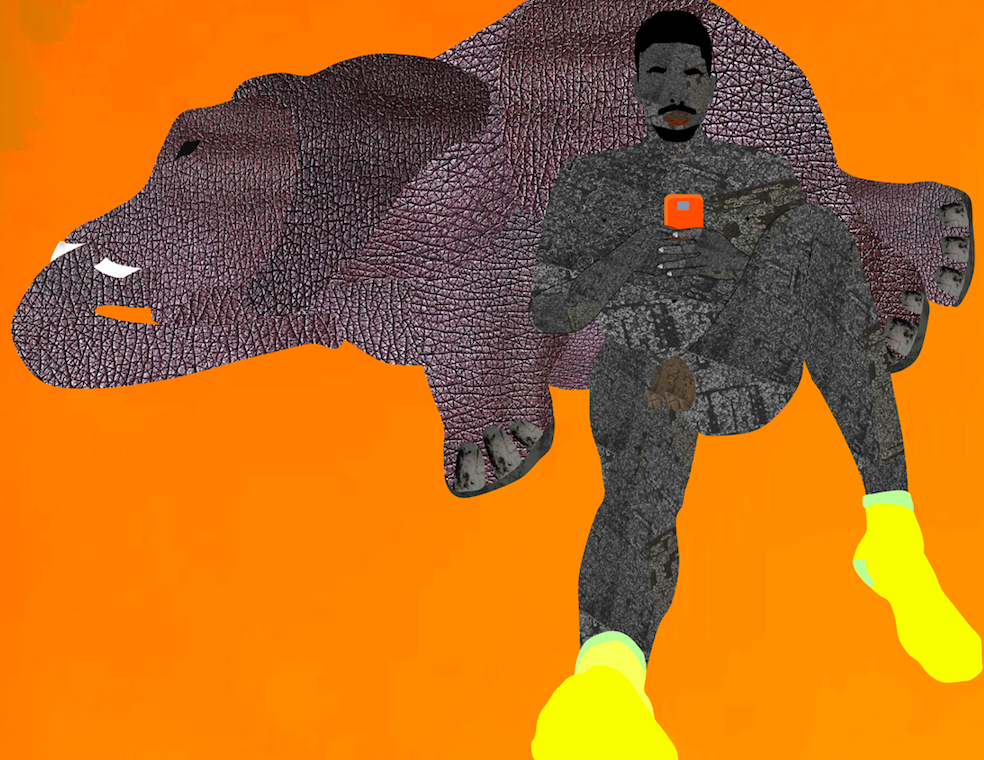

























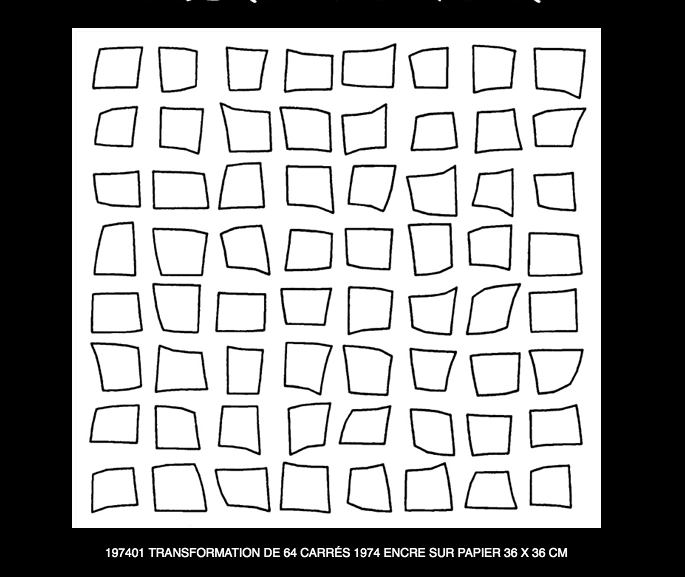
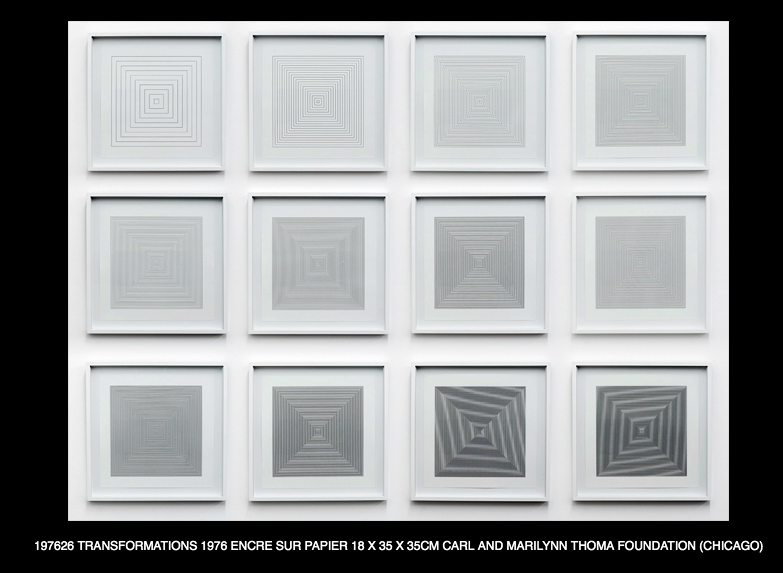
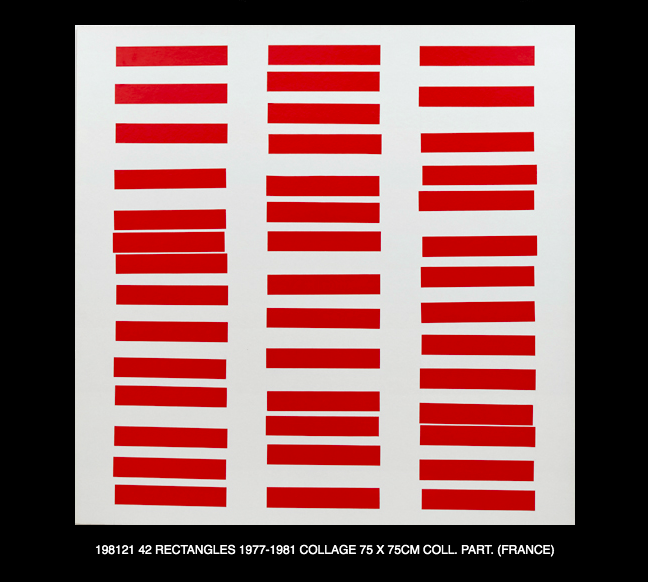
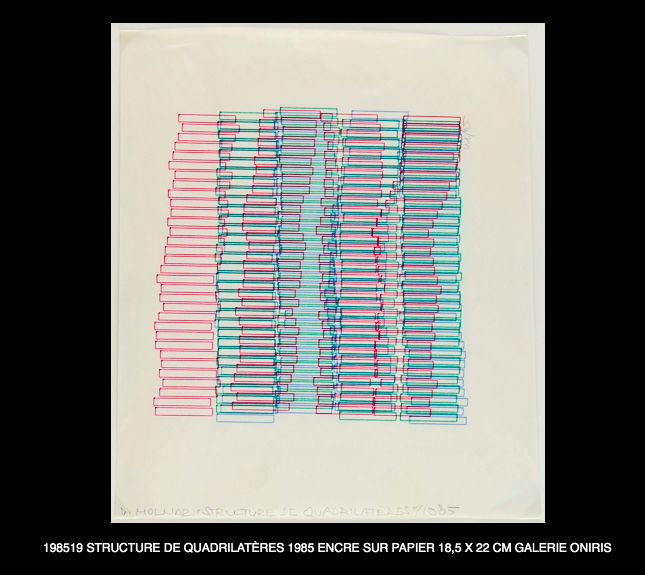
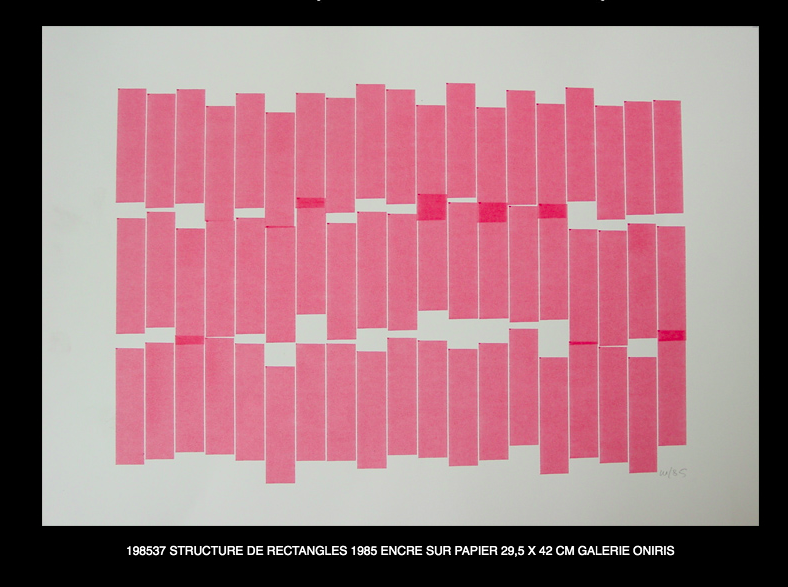
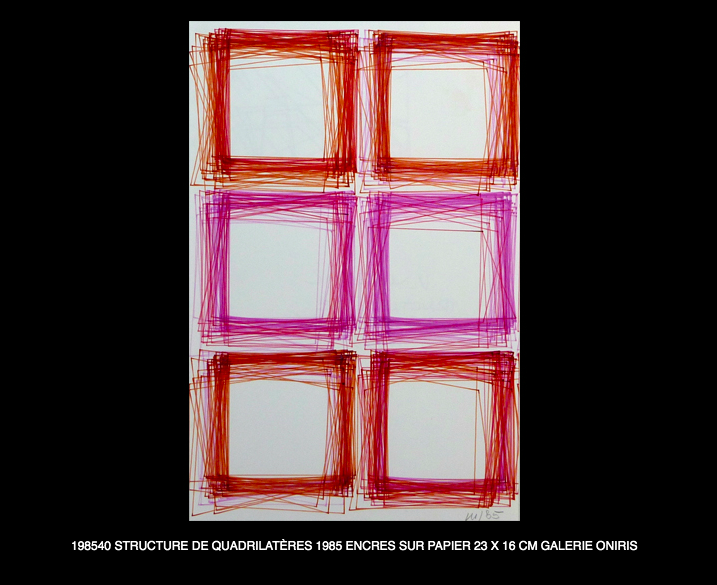
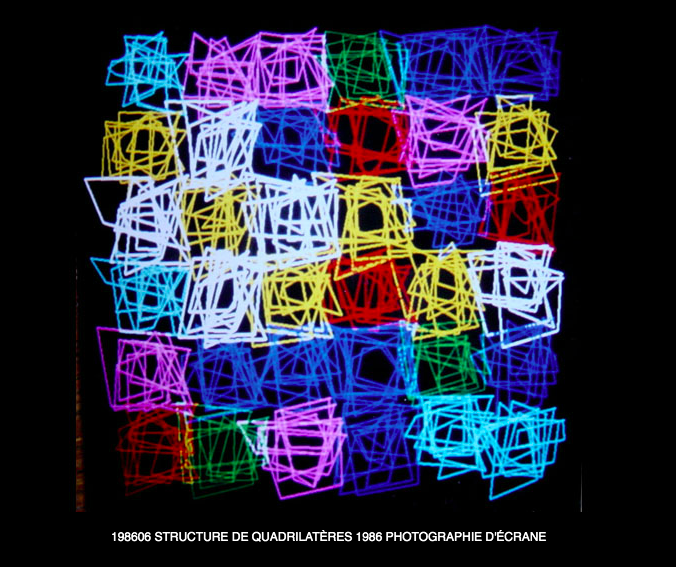
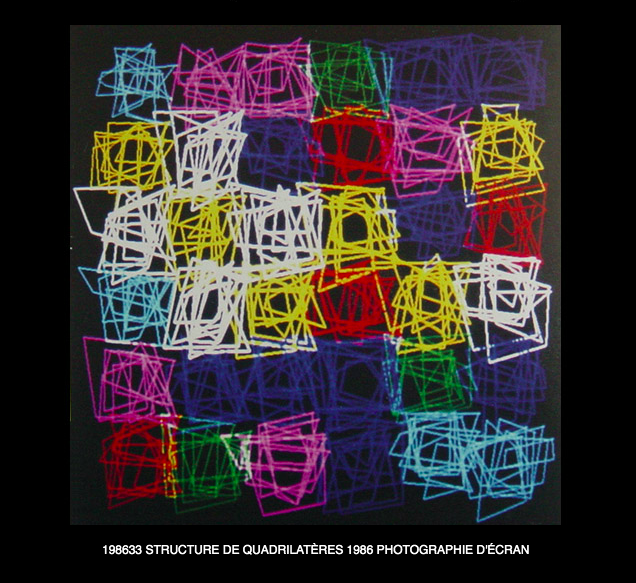















Kamanthia Dorios
AI generated faces, named by an AI and generated in part by parameters influenced by the artist's brainwaves, gaze and/or body signals.
Model by Joel Simon & artbreeder. AR by Artivive.
AR work, edition of 55 physical cards 5’’x5’’ inches each (12.7 x12.7cm), signed.
Scan with the https://artivive.com/ app to show the AR video on top of the image.
This work was featured at Ars Electronica Festival 2019.